See all the latest news from the Sign, Print, Graphics & Display Industries or simply browse any category from our menu. From Amazing Projects to Wide Format Digital Printing, Visual Impact Magazine has all the latest news and emerging technologies. To find out more join our newsletter and have all the latest news direct to your email.
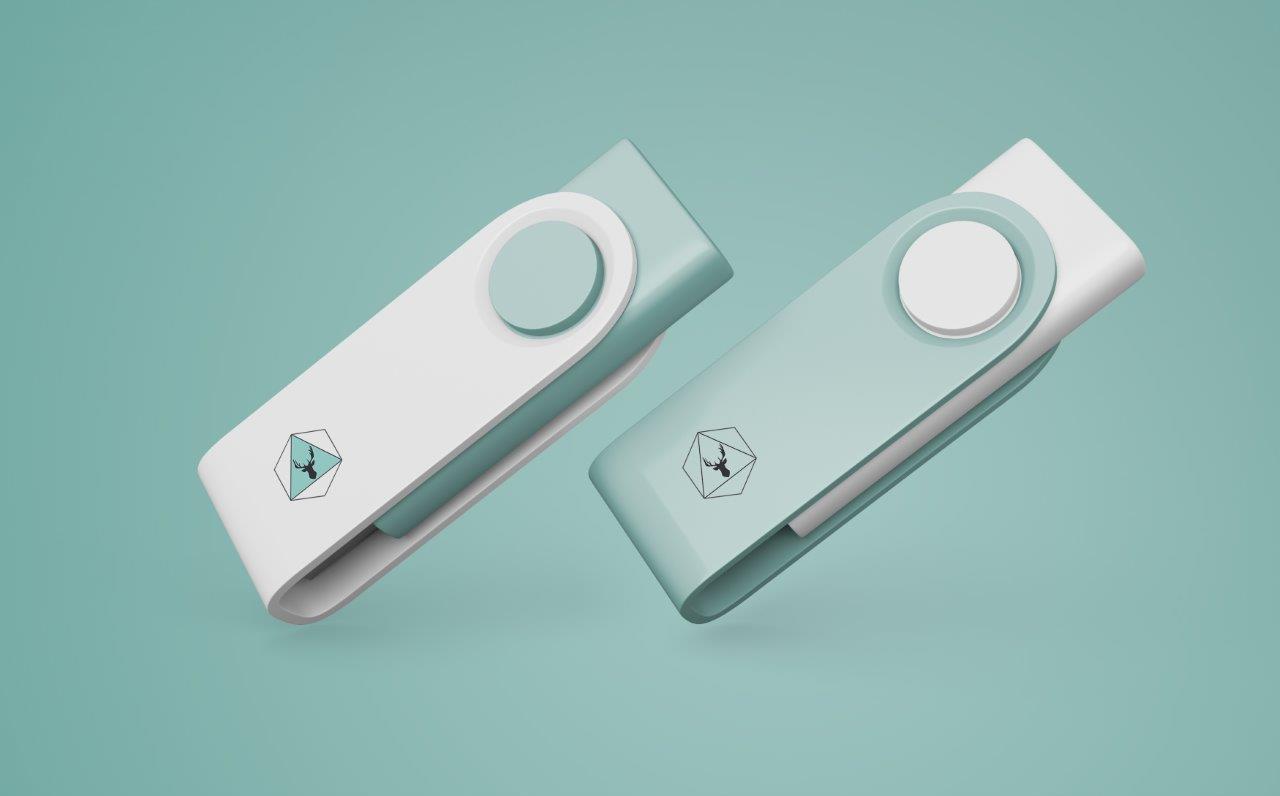
December 06 2021
NUtec Digital Ink has announced its latest UV-curable ink developed for Epson® DX4™, DX5™, DX6™, DX7™, I3200-U1™ & XP600™ printheads, adding to the company’s growing range of inks optimised for LED lamp curing.
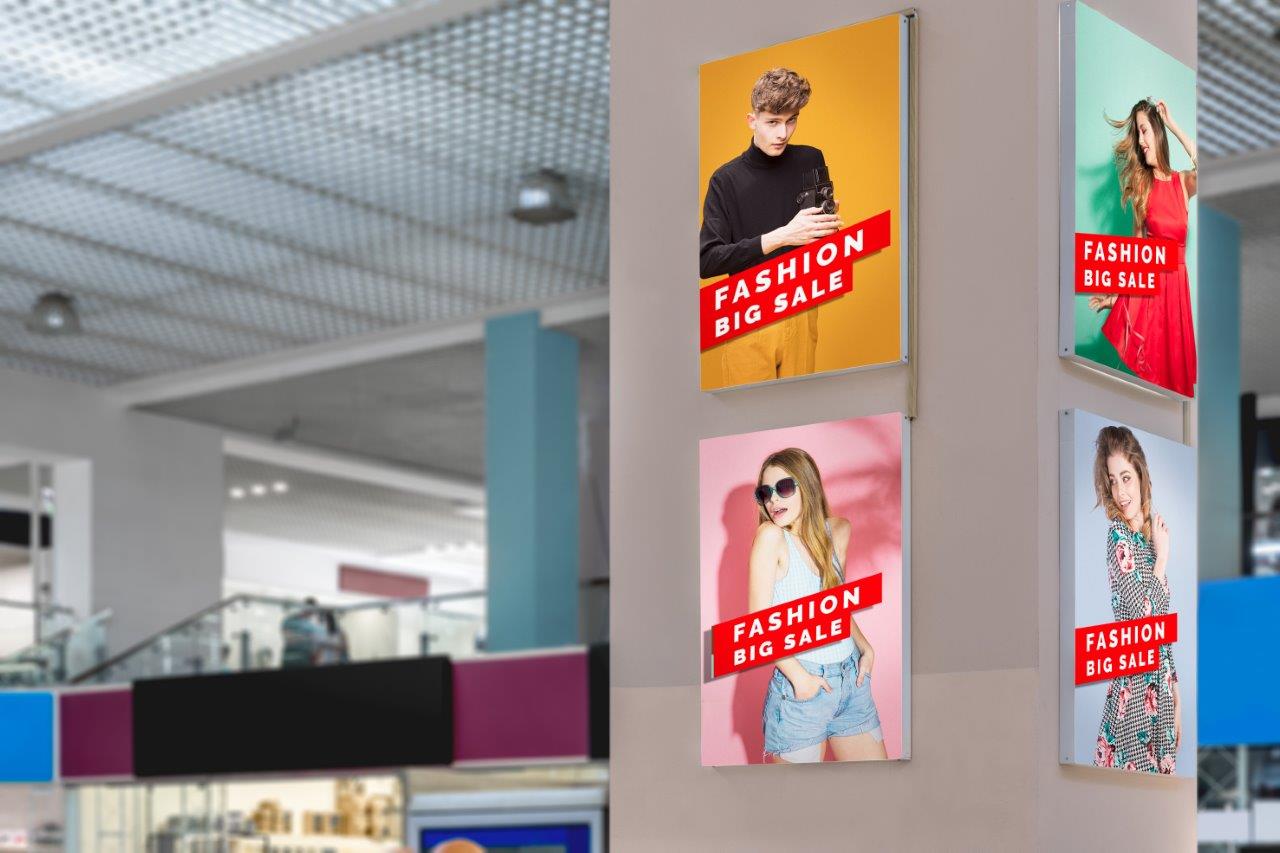
The Ruby R10-HYB is a general purpose, hybrid, UV-curable ink designed for rigid and roll-to-roll applications and is optimised for LED UV lamps. The company’s latest UV ink addition exhibits impressive flexibility for roll-to-roll applications while also providing excellent adhesion on a wide variety of rigid substrates.
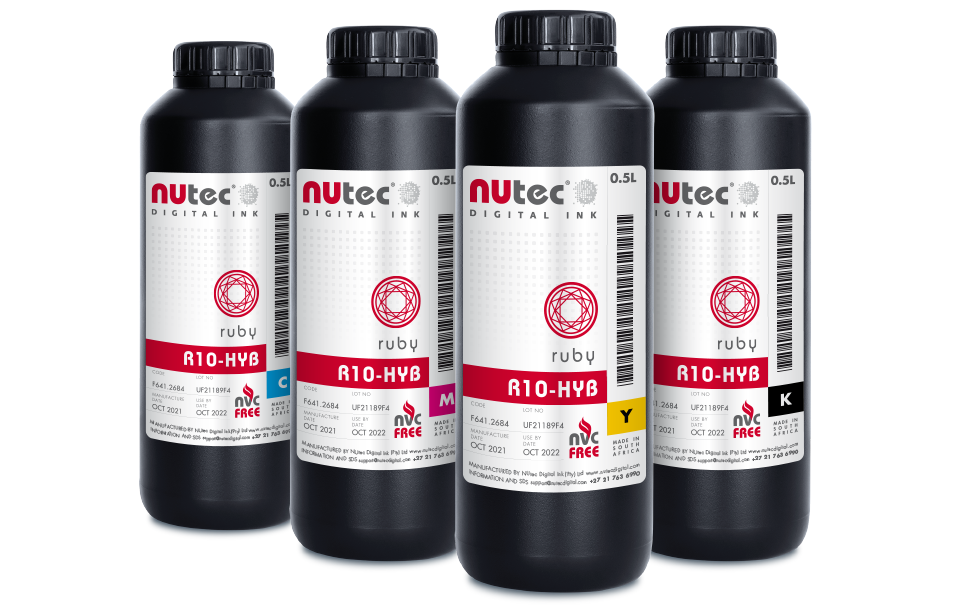
The R10-HYB performs well in a demanding, high speed printing environment and is designed for compatibility across a broad range of substrates including plastic, metal, wood and glass. Featuring a superior colour gamut for brighter, more vivid images, the R10-HYB is ideal for indoor point of sale signage, durable outdoor advertising and branded or custom promotional goods.
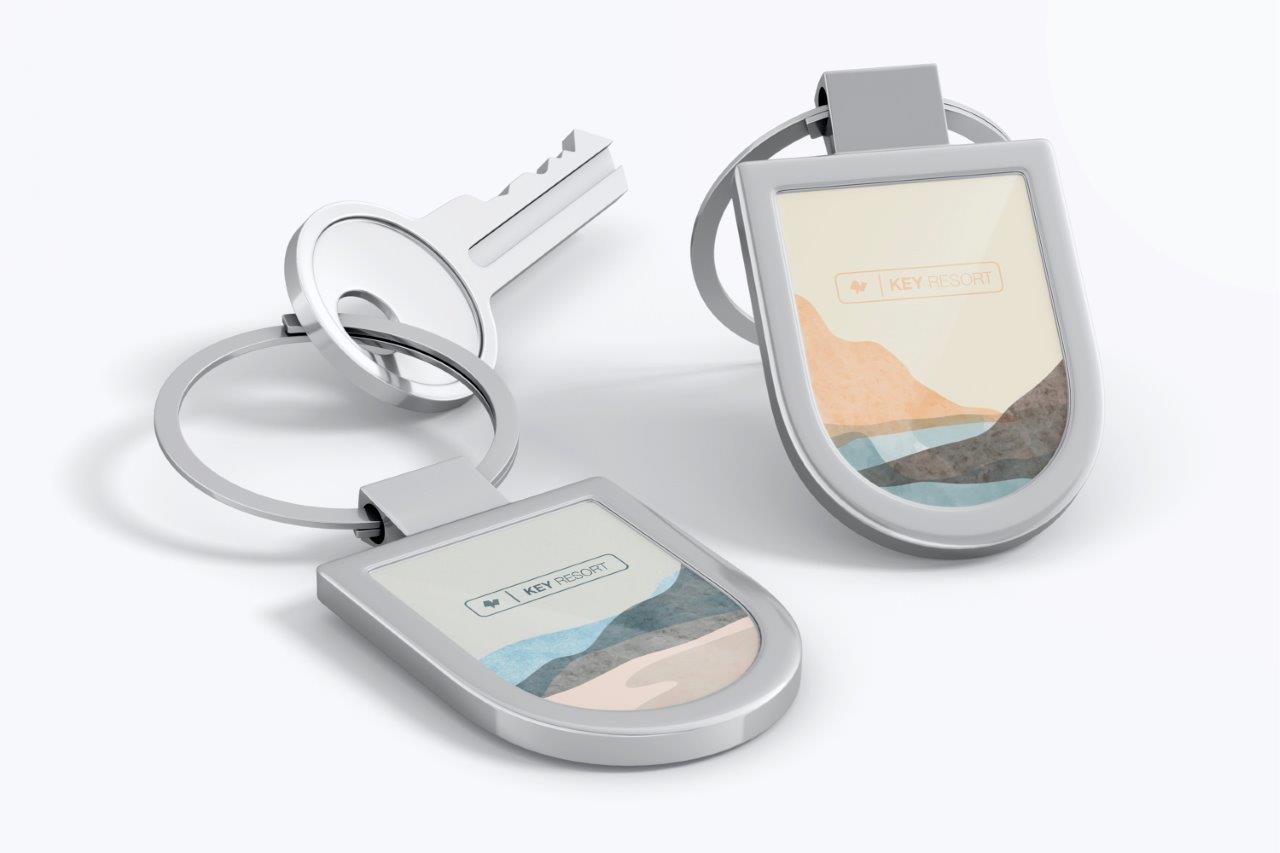
The R10-HYB packaging configurations include 0.5L bottles, 220ml cartridges or 500ml cartridges. Colour options for an expanded gamut include CMYK, Lights and White plus a Varnish option for protecting your prints or adding texture and special effects.
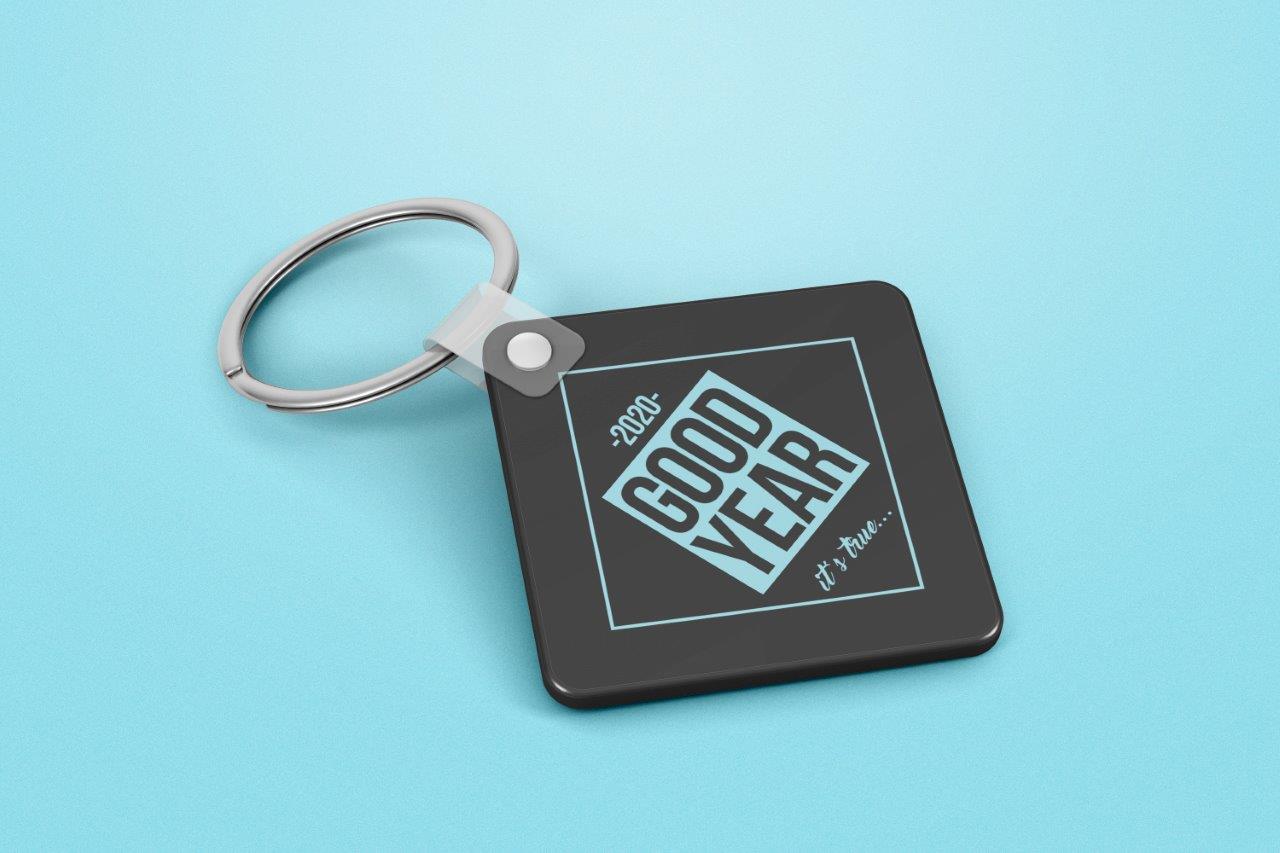
The R10-HYB printed images will last for up to 24 months provided the inks are used in regular applications using suitable substrates, while all NUtec inks are covered by the company’s Ink Delivery System (IDS) warranty.
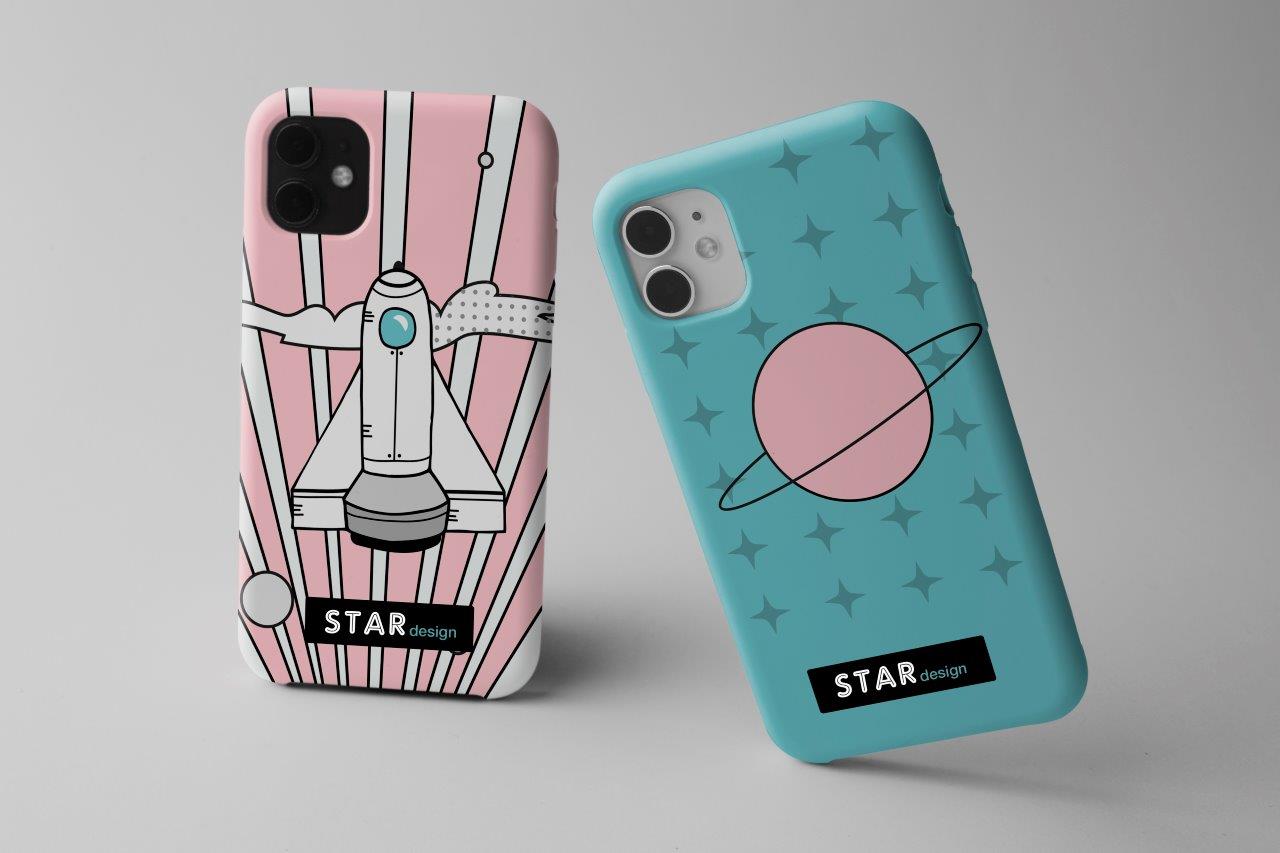

Industry Reconnects at Visual Connections Golf Day This week, supplier association Visual Connections gathered its members, their cli...
December 01 2021
Industry Reconnects at Visual Connections Golf Day
This week, supplier association Visual Connections gathered its members, their clients and others from across the industry gathered at the association’s first post-COVID networking event, a Golf Day at Pennant Hills Golf Club in Sydney.
As well as Platinum Sponsors Visual Connections, Currie Group and Expo Net provided Gold Sponsorship for the day, which teed off at the civilised hour of 10.30am last Tuesday 23 November. A total of 76 players took to the course for an Ambrose-style competition which prioritises fun and friendly competition.
Despite changeable weather, which tested skills in both sunshine and rain, the team from Pozitive comprising Alfred David, Michael Farnham, Dimitris Basmatis and Shaun Weir – came out winners on the day, with Con Chronopolous, John Wall, Ian Stone and Peter Townsend representing Roland DG runners-up.
A drinks cart sponsored by Ecolease provided ready refreshments, while three prizes for novelty holes were provided by expo partners Get Rigged and the Sydney Showgrounds, as well as Labels Plus Magazine.

At the 19th hole, players enjoyed networking drinks as a prelude to the Visual Connections AGM where they were joined by more than 20 additional patrons who stayed on to enjoy an American BBQ Buffet dinner.
“Visual Connections has always had a strong focus on forging connections and relationships across the industry through networking, expos and other events,” said Visual Connections CEO Peter Harper after the event. It was great to see such a large group gather together today, and we look forward to getting back to our regular program and providing many opportunities for connections in 2022, including more days like today, industry awards, Print2Parliament and of course PacPrint in Melbourne at the end of June.”

Visual Connections, the association representing suppliers to the print, sign, display and visual communications industries, held its AGM and Member Meet...
December 01 2021
Visual Connections, the association representing suppliers to the print, sign, display and visual communications industries, held its AGM and Member Meeting last Tuesday, appointing new Board Members and outlining a clear strategy for the future.
In something of an understatement, outgoing President Mitch Mulligan described 2021 as ‘another challenging year’, with the cancellation and postponement of expos and events – which normally bring in the majority of the association’s income – having a significant impact.
Overall, however, he said the association is in sound shape, with both the Board and operational team looking towards 2022 with a clear strategy, a renewed sense of purpose, and genuine excitement at the prospect of returning to in-person events.
“Our Events team has been kept busy planning, cancelling, rescheduling and replanning events all year, but we were extremely pleased to be able to deliver a number of successful events recently, including the State PICAs and the National Print Awards presentations, and the ASGA / FESPA Australia HP Awards for Excellence,” he reported.
No event cancellation impacted the organisation more than that of its flagship trade show, PacPrint, and its co-located exhibitions, Visual Impact and the Label & Packaging Expo. The show will now be held from 28 June – 1 July 2022, and Mulligan says the organisation and its co-host the Print & Visual Communications Association are gearing up for a bumper event after a two-year absence of trade shows.
“We are very much looking forward to catching up with as many of our industry colleagues as possible as we are able to gather more often in 2022,” he said.
The meeting also saw a new Board elected to herald in the new year. While many Board members are returning, Peter Wagener, the WA-based Managing Director of Euro Poles and All Flags Signs & Banners, was elected to join the Board.
“Peter is a passionate, long-term supporter of the industry,” Mulligan said. “He believes in a bright future for print, sign and display and wants to see Australian businesses, particularly manufacturing businesses, thriving.Peter’s energy and enthusiasm will be a real asset to the Visual Connections Board, and we are delighted to welcome him onto the team.”
John Wall, Roland DG, was appointed President and thanked Mitch Mulligan for his leadership in the past. “I and the Board are looking forward to working together as we look to the return of some normality, trade shows and events in the future,” he said.
The full list of Board members includes Ben Eaton, Starleaton, who was elected Vice-President; Luke Wooldridge from Fujifilm Australia who is staying on as Treasurer, and general Board Members Jeremy Brew, HP; Russell Cavenagh, Mutoh Australia; Ian Martin, Ferag Australia; Mitch Mulligan, Böttcher Australia and Peter Wagener, Euro Poles.
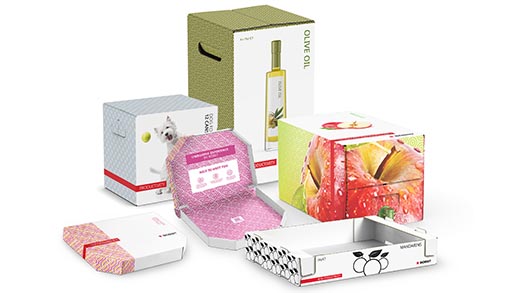
Incorporating the latest BOBST technology including 10 patents, the BOBST MASTERLINE DRO will equip converters with the most versatile, most automated, connected and highly ergonomic solution on the market. The machine enables exceptional productivity reaching an output of more than 40 million square meters (430 million square feet) per year, combining high-volume production on simple boxes and added-value packaging with qualitative printing and die-cutting.
It features high-quality inside-outside printing in a single pass, complex die-cutting capabilities and quick changeovers on the full line. Combining digitalisation, connectivity and automation like never before, it promises to pave the way for a new era in box making.
“The BOBST MASTERLINE DRO has been designed to match market demands for valuable packaging, faster delivery times, and more sustainable operations including the new e-commerce requirements,” said David Arnaud, Product Marketing Director FFG DRO. “As brand owners demand ever higher die-cutting and printing quality from their corrugated packaging suppliers, achieving both, while retaining a profit margin, has become increasingly important for box makers. MASTERLINE DRO achieves exactly that, and we believe it sets a new benchmark in the industry.”
Major savings on raw material and waste
The extremely high quality provided by MASTERLINE DRO is consistent for each item and boxes benefit from a 15% improvement in the box compression test (BCT), which represents a huge saving potential on paper use.
Two quality control systems enable perfect printing register consistency during setup or during production: Start & Go provides fully automatic set-up multicolour jobs with automatic compensation of cliché irregularity with only 11 sheets, and Lead & Print guarantees print to print and print to cut consistency with proactive compensation of cardboard irregularity during production. It has an efficient dust collection system built in to ensure perfect printing quality and a die-cutting efficiency that ejects over 99.9% of die-cut waste.
What’s more, it is easy to set up and operate. Users can handle the whole line with simple and intuitive operation, and with ultra-quick order changeover from pre-feeder to palletiser, it enables maximum uptime with minimum effort. It has a robust, heavy-duty design, with reduced amount of wear to the long-life BOBST quality parts. If maintenance is required, standardised spare parts, an intuitive maintenance menu and easy access to all parts of the machine, make maintenance cost-efficient.
“When we design a new machine, we really think about it from the customer perspective,” said David Arnaud. “That is why the MASTERLINE DRO addresses the needs of converters from a business perspective now and for the future. This will serve converters extremely well and give them a huge competitive advantage.”
Kongsberg Precision Cutting Systems (Kongsberg PCS) has today announced a new agreement with GMS Pacific to handle its distribution and servicing business across the Oceania region.
Under the new agreement, GMS Pacific will manage all sales, distribution, and servicing of the complete range of Kongsberg digital finishing solutions and tools, from its base in Melbourne, Australia.
“This latest agreement is a part of our ongoing process of moving towards a more efficient and effective way to meet the evolving needs of our customers,” said Stuart Fox, President of Kongsberg PCS. “The team at GMS Pacific has more than 20 years’ combined experience working with Kongsberg solutions. We are delighted to now begin this partnership as the exclusive digital finishing solution provider for its business.
“With this distribution agreement, we are living up to our ethos of ‘global presence, local service’,” said Stuart. “While we realise a company our size doesn’t necessarily have the scale to offer the level of service we’d like in all parts of the world, having GMS Pacific as a local full-service distributor will enable us to give our customers across Australia and New Zealand the level of attention they deserve.
“GMS Pacific holds stock of spare parts and Kongsberg consumables in their Australian and New Zealand warehouses, so customers can enjoy the full range of sales and follow-up services and speak to a representative in the same local time zone, improving their experience and removing potential delays,” he said. “One of our digital finishing tables will be installed at the company’s Australian headquarters, giving customers the opportunity to have a close-up look at the impressive machinery in action.
“This exciting new agreement is about Kongsberg PCS focusing on improvements where we can really make a difference, to deliver the best levels of service to our customers,” said Stuart.
Delivering intelligent solutions for label and packaging manufacturers, GMS Pacific has been operating in the printing industry for over 40 years. As well as introducing the latest technology products and supplying the highest quality equipment and consumables, the company provides expert advice to customers across Oceania.

Andrew McNamara, Managing Director of GMS Pacific, said the new distribution partnership would further complement the company’s own offering and strategic aspirations. “We have built our business and reputation by consistently delivering quality, service and reliability, and developing long-term partnerships with leading brands that deliver profitable solutions to our customers,” he said. “Kongsberg PCS is the leader in its markets and a great fit with GMS Pacific. We are delighted to be cementing our relationship with Kongsberg, establishing a dedicated team to support customers achieve their own business growth through distributing the leading range of digital finishing solutions and technological advancements in the field.”
For more on the entire range of digital finishing solutions and tools visit Kongsbergsystems.com
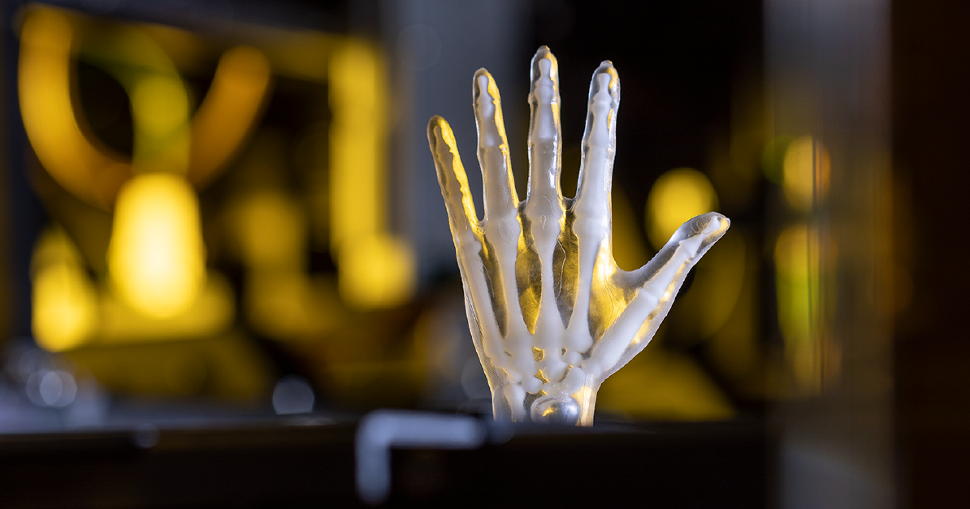
November 28 2021
Xaar’s Ultra High Viscosity Technology is providing manufacturers with an array of new and practical production possibilities, offering the chance to print without limits and drive creativity.
The growing role and capability of inkjet printheads is presented in Xaar’s latest White Paper, titled, ‘Pushing the boundaries of inkjet technology with high viscosity printing’. It looks at the historical background to the limitation of inkjet technology’s use and highlights how the latest printhead innovations are enabling a much wider range of fluid viscosities to be printed at around 100 centipoises (cP) at jetting temperature, equating to approximately 1000cP at ambient temperature.
This capability is increasing the relevance and practicability of inkjet technology across a variety of new printing, coating, advanced and additive manufacturing applications. It is rapidly becoming the manufacturing technology for Additive Manufacturing and 3D printing, as well as for personalisation, coating and other innovative print and manufacturing processes.
Mike Seal, Xaar’s Head of Advanced Applications, Technologies and Fluids, said; “Ultra High Viscosity Technology offers a wide range of new 3D and Additive Manufacturing possibilities which are really as wide as the customer can think of.
“We’re giving people a new tool to create better products and with Ultra High Viscosity transforming 3D printing by enabling extra material properties that aren’t possible with other inkjet printheads.”
Xaar sees its Ultra High Viscosity Technology as providing an opportunity for manufacturers to transition to inkjet, giving a digital advantage of small batch turnaround and mass customisation, opening up a number of new client sectors without the need for wasteful and cost-inefficient minimum order quantities.
Mike added; “With inkjet technology the only difference between your final prototype and your product, is just the number you produce.”
The dedicated Advanced Applications Team at Xaar works with all its customers to explore new applications and technologies, and their 5-step process helps manufacturers find solutions for a wide range of industries and applications.
Mike concludes; “From enabling 3D printing on a truly industrial scale, to the mass customisation of 3D printed parts, we are excited to show customers how Xaar’s Ultra High Viscosity Technology can take them from an initial conversation through to full commercialisation.”
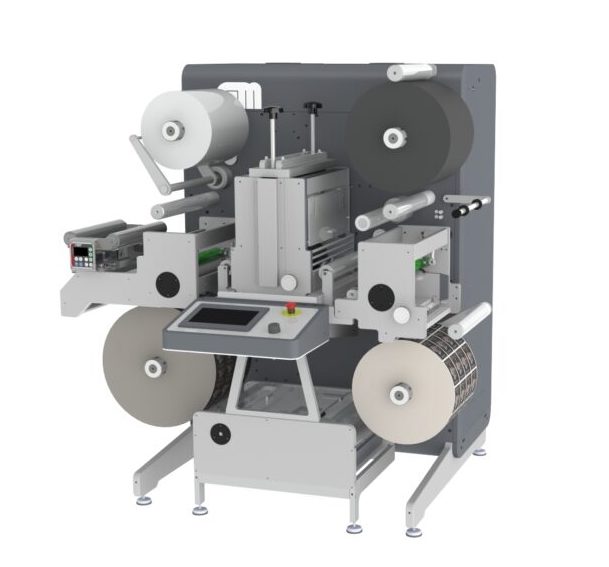
Konica Minolta has partnered with Grafisk Maskinfabrik (GM), a global player in the label market, to offer its ultra-compact DC350Nano and DC330Mini label finishers to customers in Australia and New Zealand.
The two label finishers will complement Konica Minolta’s label press, the AccurioLabel 230 (AL230), meaning it can now offer a complete end-to-end label solution in the market. The units’ compatibility with the AL230 offers speed, quality, better registration, productivity, and stability.
James Rolland, technical sales specialist, industrial print, Konica Minolta, said, “Partnering with GM means that customers, particularly in the label converting and manufacturing industries, will now have the option to source a complete label printing and finishing solution from Konica Minolta, which is backed up by the service and support they have come to expect. For printers, access to a complete label print solution that can both print and finish means they can diversify into a high growth area very easily.”
Uffe Nielsen, CEO, GM, said, “The DC350Nano is available for demonstration in the Sydney showroom and can also be shown virtually giving Konica Minolta the ability to demonstrate a complete roll-to-roll finishing label production solution. We are excited about what this new partnership means and are looking forward to sharing success in this fast growing short-run digital label segment.”
The DC350Nano is a 350mm web width converter, and is perfect for small spaces, measuring only 1,600mm x 1,600mm x 1,700mm high. It is an all-in-one solution with lamination, die-cut, and rewind as standard. Despite its compactness, it’s capable of processing up to 45 linear metres per minute in semi-rotary die-cutting mode with precision cutting to reduce waste and accurate processing over a wide range of substrates. It is ideal as a label converter for a small digital press or as a backup to an existing finishing line.
The DC330Mini is the next step up, with a web width of 330mm. It is the latest generation of digital label finishing redesigned to feature new electronics, a newly designed control panel, and an updated user interface. It runs at 80 linear metres per minute in semi rotary mode. The Mini is 2,700mm long, giving it a small footprint compared to other solutions. Options available include super gloss, spot UV varnishing, hot or cold foiling, lamination, semi-rotary die-cutting, slitting, and rewind. The Mini is a modular system, making it easily expandable to scale as needed, with new modules able to be added within hours.
The DC330Mini can be run offline or in-line with the AL230 with the addition of a buffer unit to improve setup time and reduce waste material. The AL230 has reached sales of more than 800 units globally and features outstanding colour excellence, food-safe Simitri toners, and class-leading resolution equivalent to 3,600 x 1,200dpi. Both units are built to high standards and ensure vibration-free operation making them the perfect complement to the AL230.
James Rolland said, “After evaluating the available options in the market, it was an easy decision for Konica Minolta to partner with GM. The DC350Nano and DC330Mini both offer strong technical capability and are the leading solutions in this space. On a global level, Konica Minolta previously collaborated with GM on other projects, including the development of the AL230.”
For more information visit: konicaminolta.com.au/home
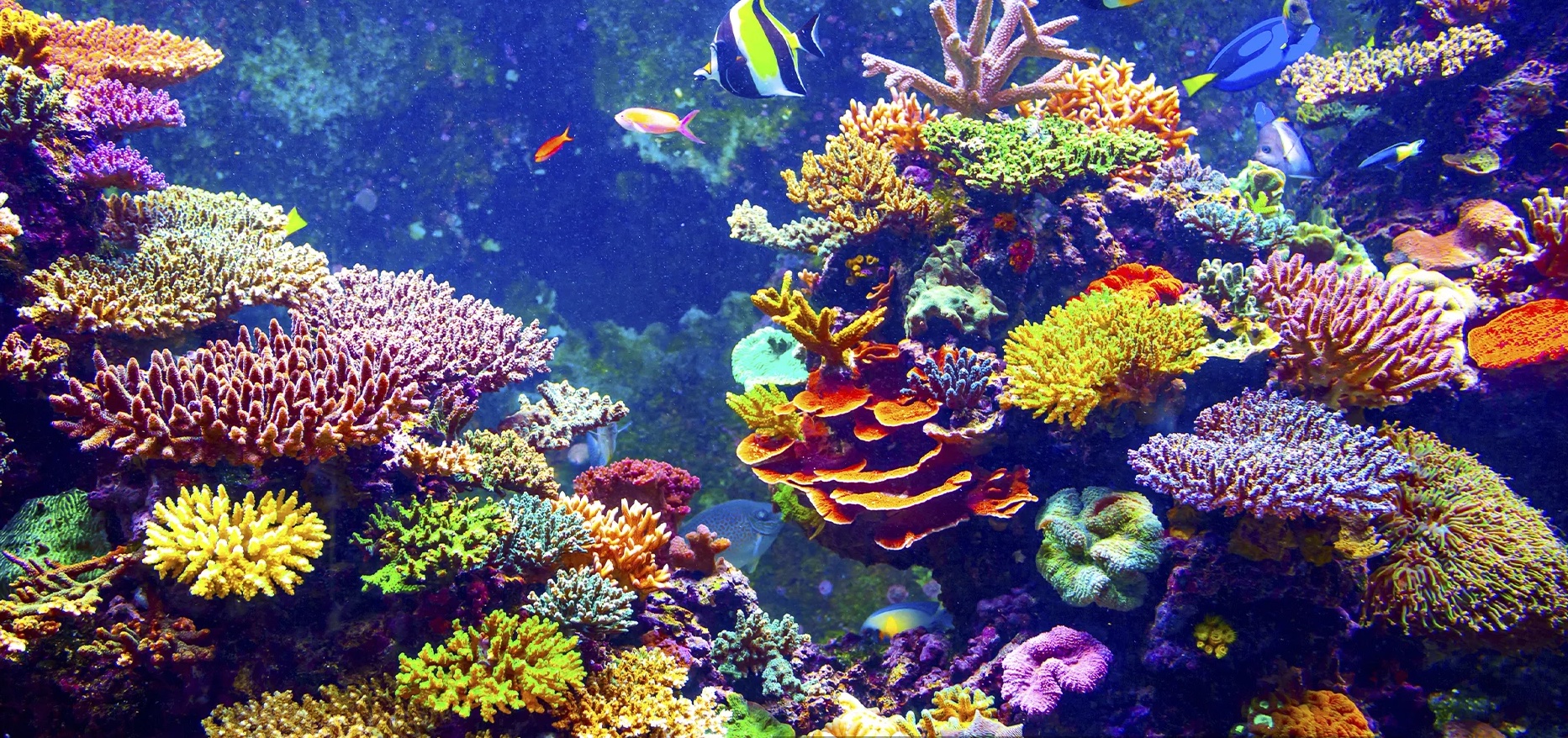
November 23 2021
As bleaching and other factors jeopardise the world’s coral reefs — and the astonishing volume of ocean life they support — scientists are racing to come up with solutions.
Reefs are built over many years — from decades to millennia, in some cases — as coral gradually deposit their carbonate skeletons. Reversing and restoring damaged reefs, therefore, is a painstaking process. To date, those efforts have involved installing support structures for coral made from concrete blocks, metal frames, or even 3D-printed structures made of synthetic materials.
But when reefs are constructed at a rate of just millimetres per year, any sort of head-start can help. Bioengineers from the King Abdullah University of Science & Technology in Saudi Arabia detailed a novel 3D printing process that could do just that.
The technology, known as 3D CoraPrint, uses a newly developed photo-initiated ink that can be printed into a calcium carbonate structure. The ink can either be directly printed into large, custom structures or poured into a printed silicone mould to be replicated more quickly.
Coral micro-fragments are attached to the carbonate structure to begin the colonisation process. Because the coral don’t need to build a limestone structure underneath the carbonate, they can grow more quickly. The technique is not only rapid and reliable, engineers said, but it also mirrors the flexibility and mimicry already existing in nature.
Scientists plan to conduct additional, long-term tests of the carbonate material. But although the new method could accelerate the recovery process somewhat, it would be just one of many steps desperately needed to protect the world’s coral reefs.
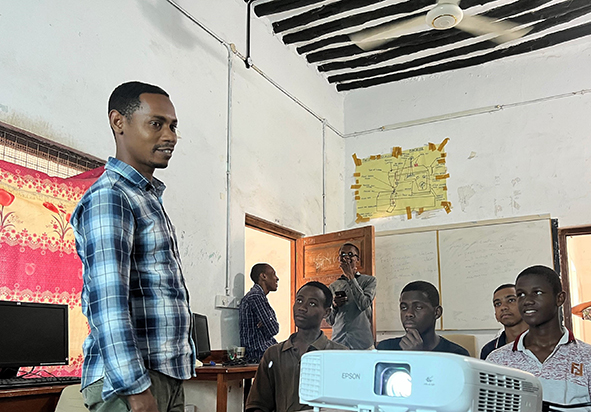
November 23 2021
Epson and World Mobile (WM) have agreed to partner to support education and bring new opportunities to unconnected schools in Africa. The project has got off the ground with network connectivity from WM and printers and projectors from Epson installed in schools that have until now been left off the grid in some regions of Zanzibar, Tanzania.

Epson projector used in Forodhani school in Stone Town, Zanzibar, Tanzania
This agreement reaffirms the two companies’ commitment to direct action that helps achieve the United Nations Sustainable Development Goals. In this case, SDG4 Quality Education, SDG9 Industry, Innovation and Infrastructure and SDG17 Partnership for the Goals.
Forodhani school is located in Stone Town, Zanzibar. With around 700 pupils, the school has been left offline by traditional telecom operators, meaning that teachers and children at the school have not had the infrastructure or opportunities that are taken for granted in many regions of the world. Building on the low-cost wireless network introduced by World Mobile, Epson provided the school with an Epson EcoTank ET-4700 inkjet printer and an Epson EB-982W projector for education, bringing digital technologies to the classroom for the first time and opening a new world of opportunity.
“When we first visited Kiwengwa School, situated in a small village in the northeast of Zanzibar, the students were learning about the internet without the ability to actually go online so to see their faces once they were connected was priceless. Everything they had been learning suddenly became a reality. This project is not about Epson or World Mobile, it’s about focusing on, until now, disadvantaged local communities and providing the people there with opportunities to flourish,” said Henning Ohlsson, Sustainability Director of Epson Europe. “We firmly believe that providing a quality education for all is a key goal to achieve a sustainable society, and we are delighted to work with our friends at World Mobile to do our part. We have just started this project, but we hope that other partners will join us to create a positive cycle that benefits everyone involved.”
“We are so excited to begin this partnership with Epson,” said Micky Watkins, CEO of World Mobile. “It’s crucial to us that we share the same values as our partners. Epson has an impressive track record in sustainability and education. This partnership will help spread the word on our mission to connect Africa in a sustainable way and give teachers and students additional learning tools.”
Although the project is still in its early stages, both Epson and World Mobile are aiming to attract new partners and provide similar opportunities for communities and schools across the region.
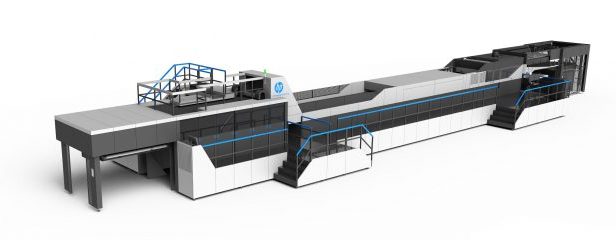
November 23 2021
HP has added new feeding enhancements to its PageWide C500 Press to improve converters’ operating profit and reduce waste.
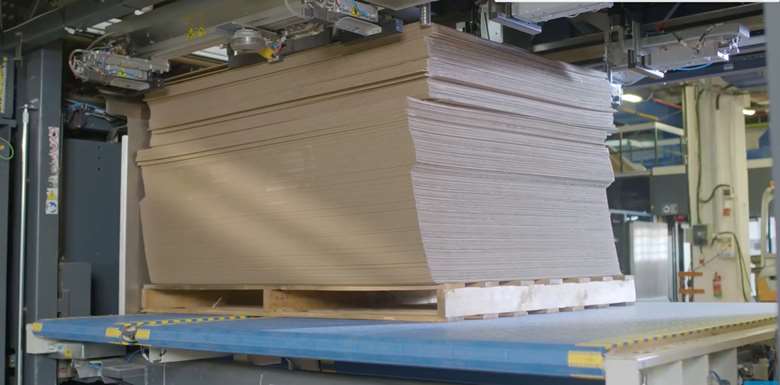
The enhanced sheet-feeding system, which is currently being rolled out at existing PageWide C500 customers, is said to support a wider range of sheets, including thin and micro-flutes, while maintaining a smooth feeding process and fast job changeovers.
The feeding enhancements include Stack Topography Alignment technology, to automatically compensate for uneven or warped stacks, and Dynamic Stack Alignment technology, to overcome vertically unaligned stacks.
Smart Auto Recovery technology, meanwhile, identifies and overcomes feeding problems related to bad stacking or damaged sheets, avoiding manual operator intervention.
“HP has invested substantially in the feeder as part of its ongoing commitment to the corrugated market and will continue to develop this game-changing industry technology,” said HP PageWide Corrugated, Post-Print general manager David Tomer.
Based on HP Thermal Inkjet technology, the PageWide C500 Press provides offset print quality for a wide range of corrugated packaging and display applications on both coated and uncoated sheets. It prints at 75m/min at its top print quality.
The machine is said to reduce the cost of manufacturing boxes “and opens new business opportunities with digital flexibility, direct-to-board printing at scaled volume production”.
HP told Printweek the new enhancements are a free of charge upgrade for current PageWide C500 Press users and that “during the rollover process HP updates the customer’s existing feeder to include the latest enhancements”.
The enhancements will also now come as standard on all new PageWide C500 presses.
“HP is continuously investing in the corrugated market and leading innovations to meet the growing demands, and to enable its customers with more efficient, cost-saving workflow,” the manufacturer added.
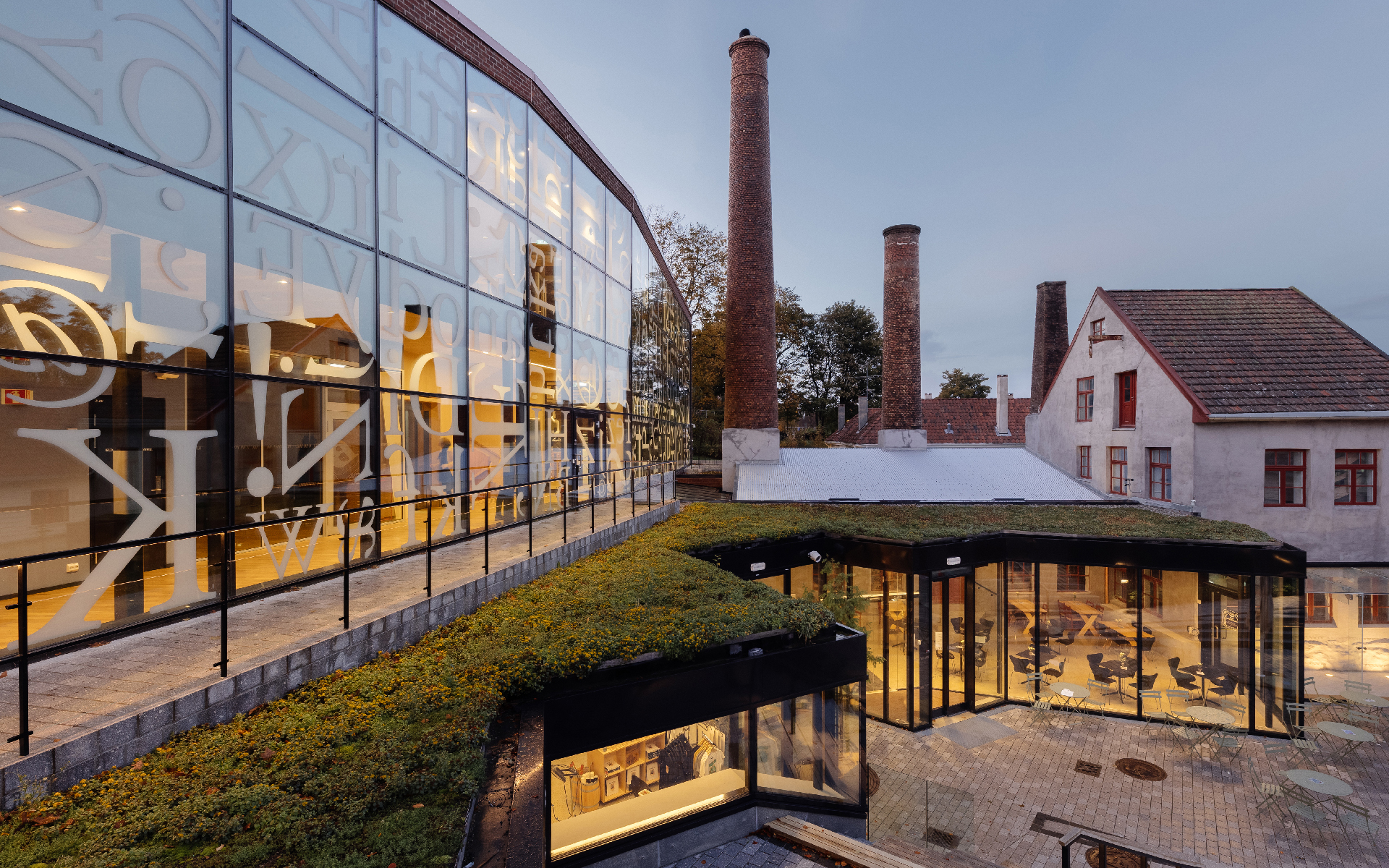
The Norwegian Printing Museum in Stavanger will open on 20 November. It is located on the site of a former sardine canning factory in the historic district of the city. The factory building is home to the Norwegian Canning Museum. It was architecturally extended by Eder Biesel Arkitekter. The exhibition in the new building was designed by ATELIER BRÜCKNER. The two museums operate together under the name IDDIS, derived from iddikett, the word for label in local dialect.
The Norwegian Printing Museum looks back over a period of more than 40,000 years – from the first human records in the form of cave paintings to the digital present. One point of focus is on the transformation of printing techniques for text and images – with regional and local references: In Stavanger, the art of printing blossomed from the late 19th century onwards as local canned-fish production resulted in numerous printing orders. The label was of central importance for the marketing of canned fish. The latter was exported from Stavanger to all parts of the world – right up to the 1950s.
The museum offers playful access to more than a thousand sardine tin labels, which are presented digitally in the exhibition. Other impressive items are the historic lithography stones, a lithography press, various print cylinders and the equipment of a photo laboratory. In a spacious workshop area, the Print Shop, on the upper floor of the museum, it is also possible to marvel at half a dozen historical printing machines.
The museum exhibition on the ground floor of the building extends over two large, chronologically arranged spatial units. They are connected by means of a shared media tunnel, which is the climax of any visit to the museum and can be entered from two sides. If a visitor enters the museum from the Canning Museum, the first exhibition space encountered concerns image reproduction, with a focus on lithography and photography. A flood of images comes out of a camera and passes through the corridor, leading up to the present and then back to a Gutenberg printing press, accompanied by daily newspapers, typewriters and early computers.
The printing press is the central exhibit in the second exhibition space. With regard to content and positioning in the room, it is the turning point: The wide-scale dissemination of printed material became possible from 1450 onwards with the invention of moveable letters. Printed sheets shoot upwards out of the press and into the media tunnel, taking the visitor through time up to present-day e-publishing. Before the printing industry became established, the scriptorium was the central place for written reproduction. Presented as being of an importance equal to the printing press, it is staged as a spatial unit.
The exhibition spaces are structured by sets of cubic shelves made of wood. The cubes can be combined with each other individually, whereby they are displays for exhibits, or it can be printed on them in different ways. The general principle of this ordering system is inspired by letter cases, in which the letters of the alphabet used in the printed industry have their place.
The Print Shop on the upper floor of the building is also laid out flexibly: the theme-centred texts and object descriptions are printed on boards. They are inserted in wooden strips all around the exhibition space and in the chest-high zoning that separates the individual thematically dedicated areas from each other: different printing methods can be compared here. Typesetting and bookbinding are also themes. The printing industry of Stavanger with its rattling technical marvels fascinates up to the present day.
The exhibition is open Tuesday to Friday: 11 a.m. to 3 p.m., Thursday also 3 p.m. to 7 p.m., Saturday and Sunday: 11 a.m. to 4 p.m.

IDDIS Norwegian Printing Museum and Norwegian Canning Museum. Exterior.
Photography: Marcus Sies
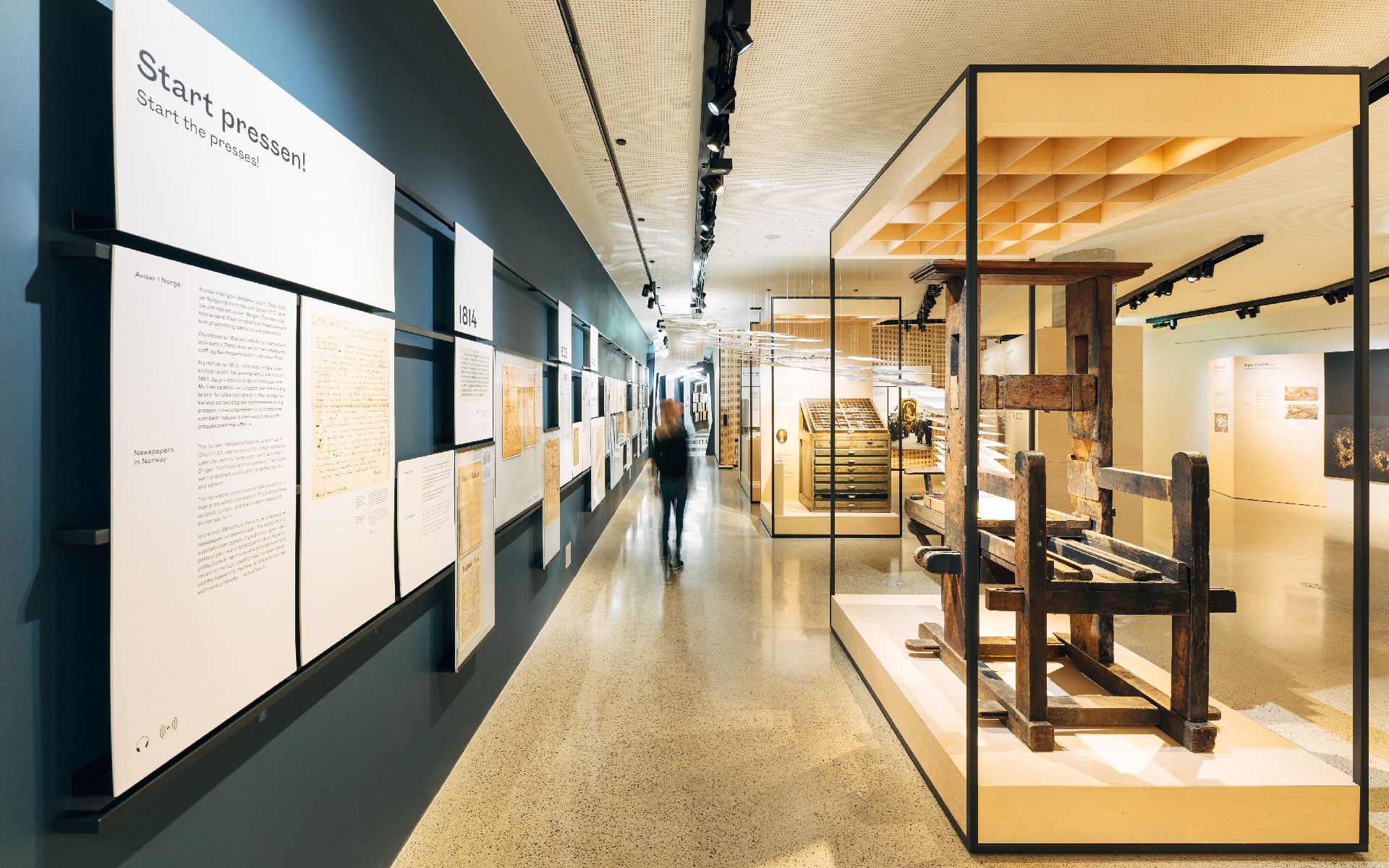
IDDIS Norwegian Printing Museum. Printing Press and Media Tunnel.
Photography: Marcus Sies
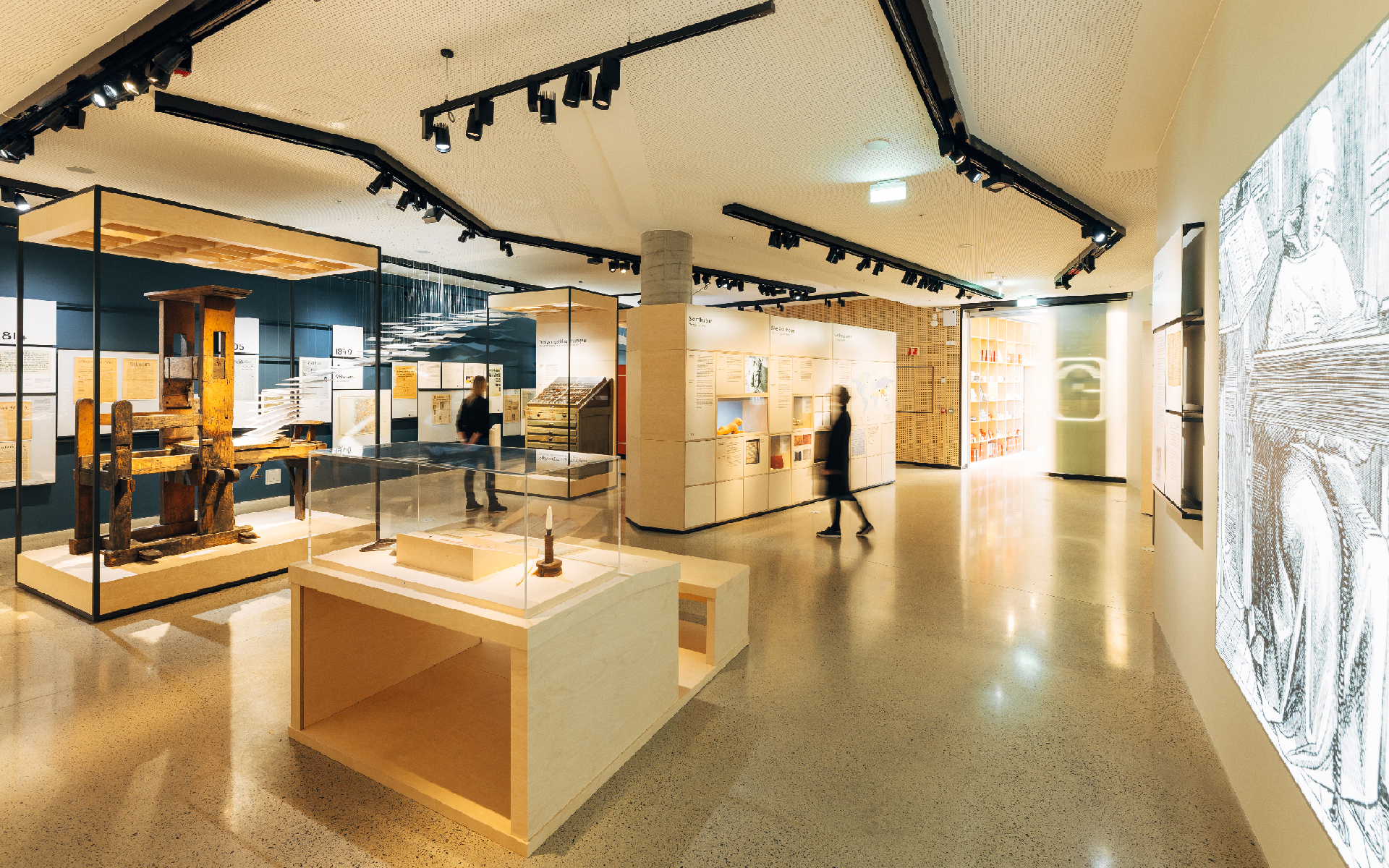
IDDIS Norwegian Printing Museum. The Written Word.
Photography: Marcus Sies
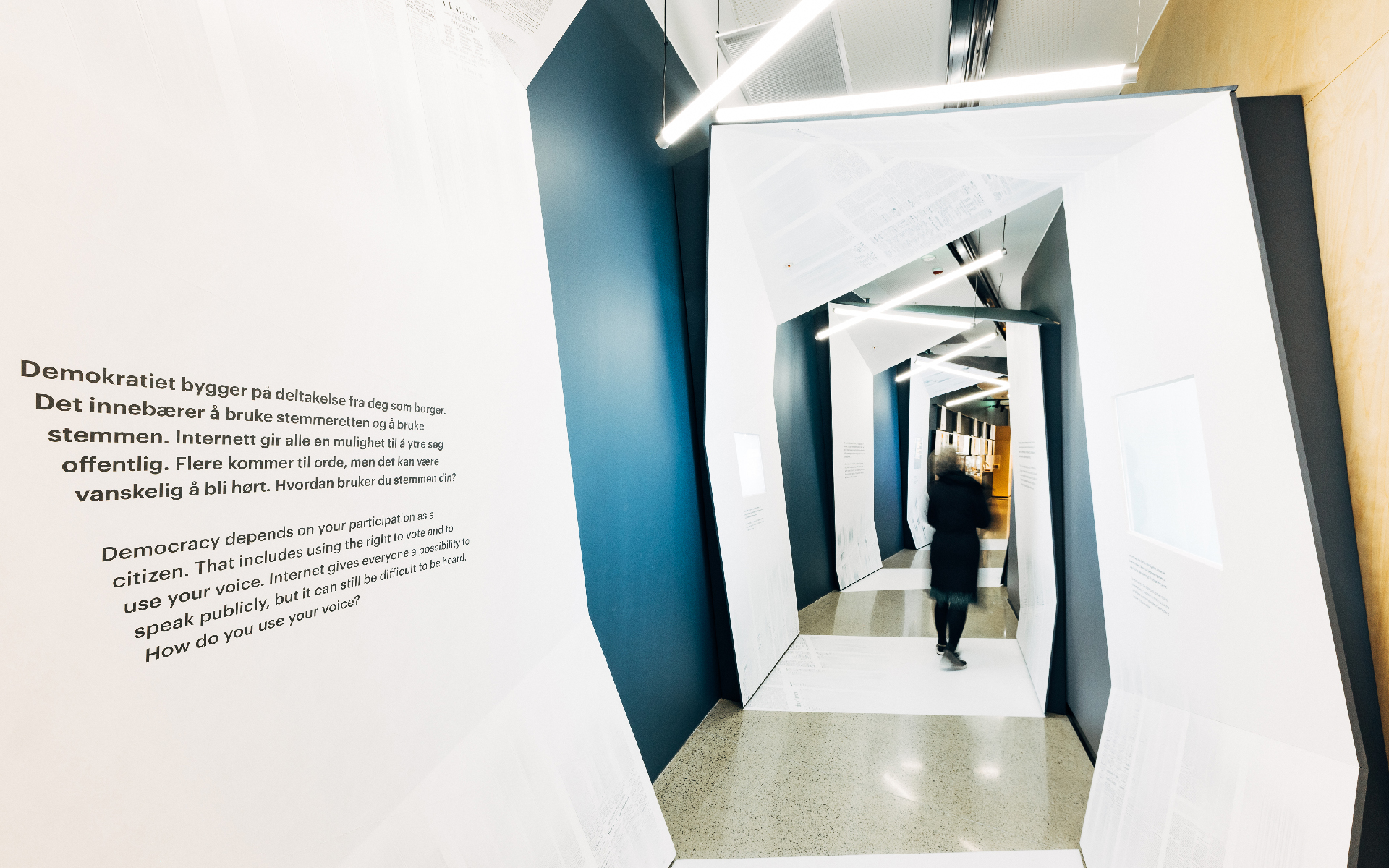
IDDIS Norwegian Printing Museum. Media Tunnel.
Photography: Marcus Sies

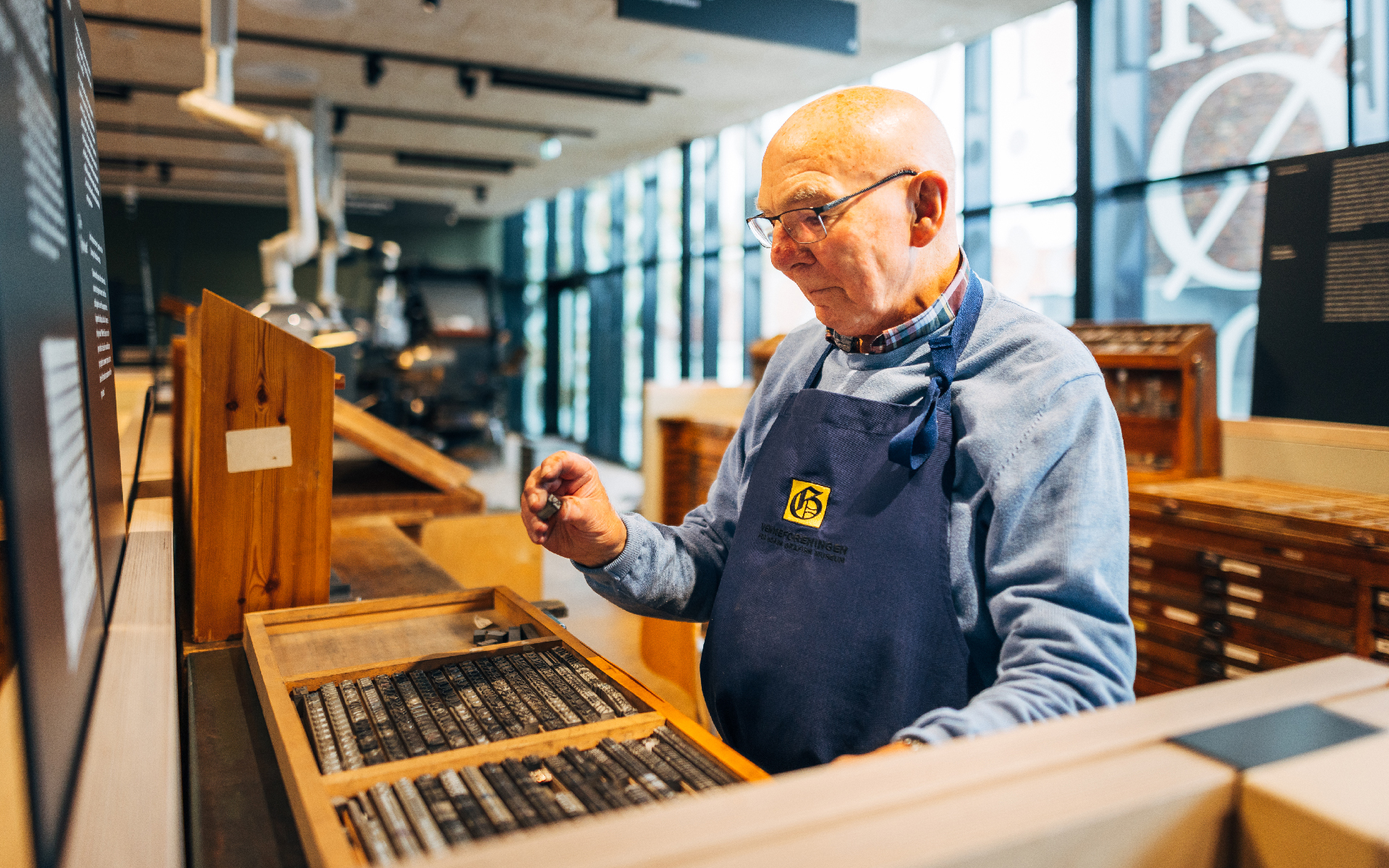
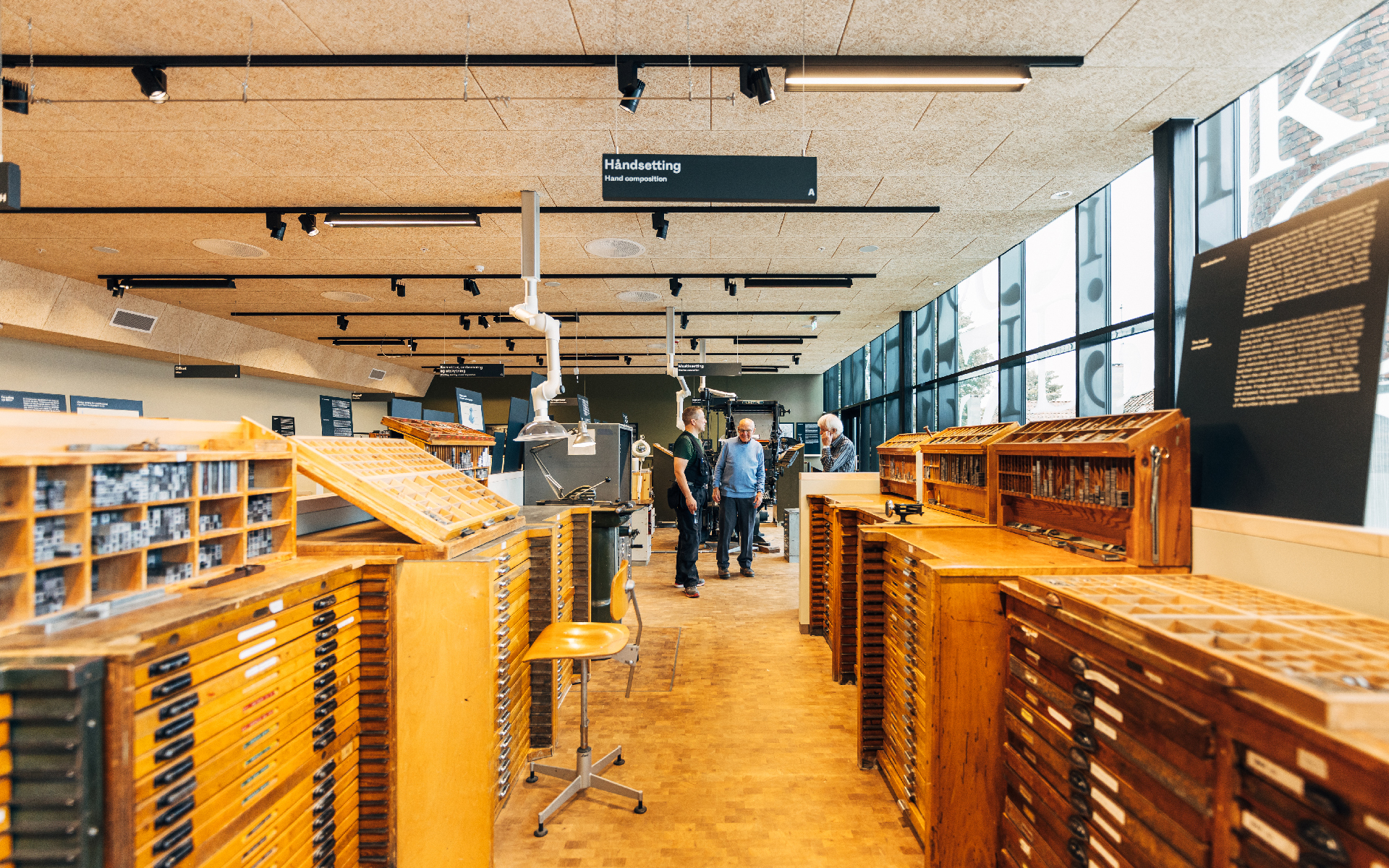
IDDIS Norwegian Printing Museum and Norwegian Canning Museum
Andasmauet 15
4005 Stavanger
www.iddismuseum.no/en/
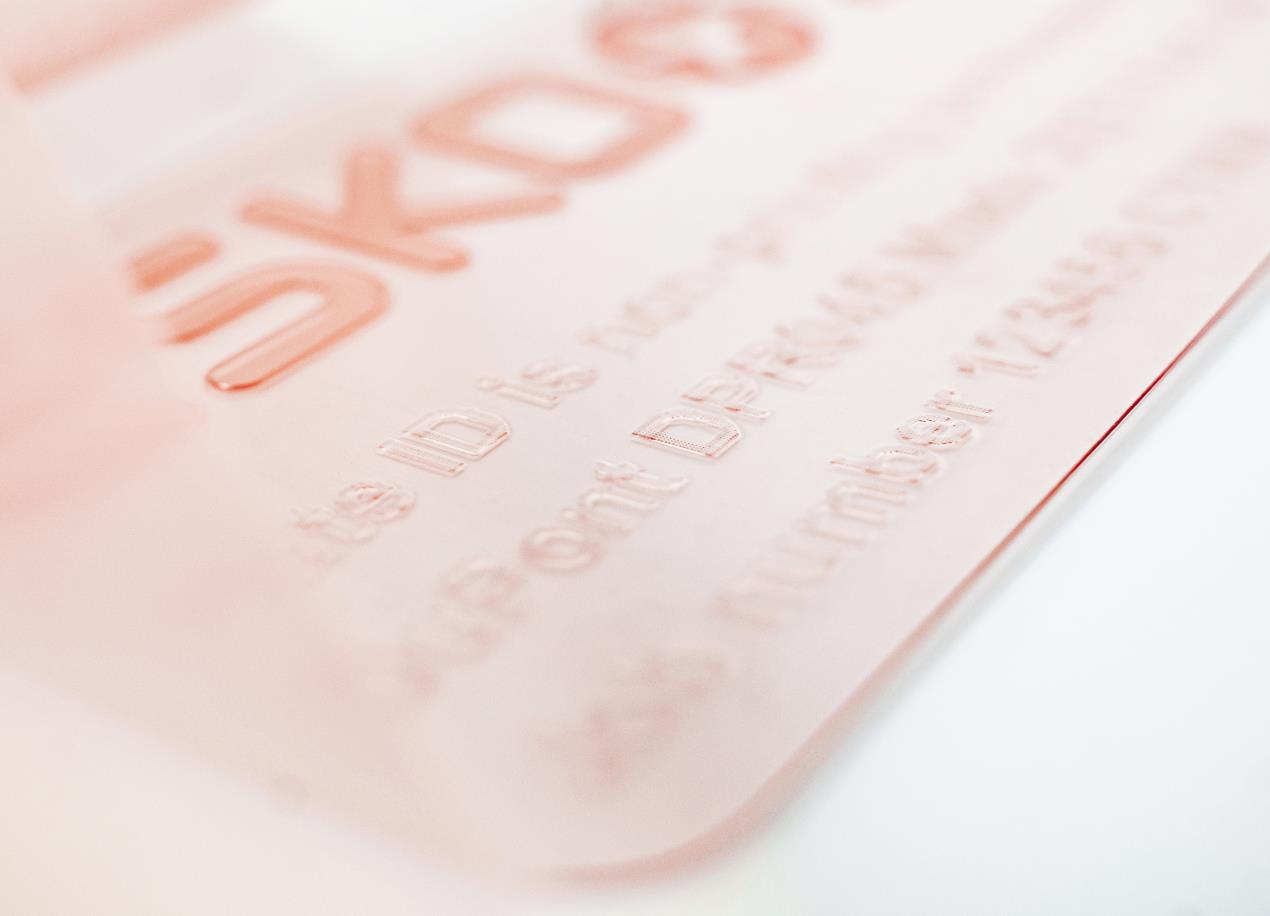
New automation features and functionality announced as part of latest Esko release
Flexo plate producers can now save time, simplify operations and benefit from greater productivity following the launch of Flexo Engine, the latest innovation from Esko.
As part of the recently released Esko Software 21.11, the latest version of market-leading Automation Engine features the innovative new Flexo Engine, with automated merging and a host of new tools developed to increase plate room productivity.
“Whether at a trade shop or in-house, customers are facing increasing demands on the production of flexo plates,” said Robert Bruce, Flexo Software Product Manager with Esko. “The need to deliver high quality plates in the fastest time possible can be a major headache. That’s why we’ve developed Flexo Engine, the next generation tool to help plate producers increase their efficiency, productivity and performance.
“Automated merging eliminates the need to use many different tools, while further automation saves time and improves traceability in the flexo platemaking process,” he said. “For example, an intuitive dashboard helps to simplify operations, while connectivity with third party equipment ensures a completely connected workflow.”

Flexo Engine also features the innovative new feature Plate ID, the automated solution to the challenge of accurately and permanently marking plates.
“Today’s flexographic plates are marked with a variety of information needed for the print process including everything from job ID, color references, whether surface or reverse print is required, sleeve size and date of manufacture. Until now, this important information has typically either been included on a label, etched onto the plate either with a pen plotter, or even handwritten.
“Plate uses the CDI Crystal XPS plate imaging and exposing technology to image all of this vital information on the flexo plate below the printing surface,” said Robert. “This makes the marks perfectly readable, but avoids the problem of wiping away the traditional pen markings under the influence of inks, solvents and other chemicals used in the printing process. This is the solution flexo platemakers have been calling for.”
With PlateID, plate producers enjoy benefits such as:
The benefits of PlateID are available to anyone using the Esko Crystal XPS exposure system. In addition, users of Flexo Engine will also benefit from another new added feature, Auto Plate Cut, which delivers even more time savings and further reduces waste.
“Staggered cut plates for flexible packaging and label printing is a standard process that helps to eliminate press bounce and increase print production speeds,” said Robert. “The manual process of setting up a staggered cut job can involve a number of different tools and take an operator anywhere between five and twenty minutes, per plate. But with Auto Plate Cut, the process is automated to take any stepped PDF file.
“Based on 1,000 jobs per year, automating this task can save around 250 hours each year,” said Robert. “The elimination of errors caused by plate bounce allows the printer to print faster with less barring and also helps to reduce plate waste.”
Flexo Engine is part of the latest version of Automation Engine, released as part of the Esko Software platform in November 2021.
“Esko remains committed to accelerating the go-to-market process of packaged goods and boosting plate productivity with new Flexo Engine is a further step towards digitizing, automating and connecting the process, which is crucial to businesses,” added Robert. “Flexo Engine delivers greater efficiency and productivity across the flexo plate workflow and is an integral tool for businesses taking the next steps along their own digital transformation journey.”
For more information about Flexo Engine and the full range of Esko software solutions, please visit the Esko Innovation Hub at innovation.esko.com.
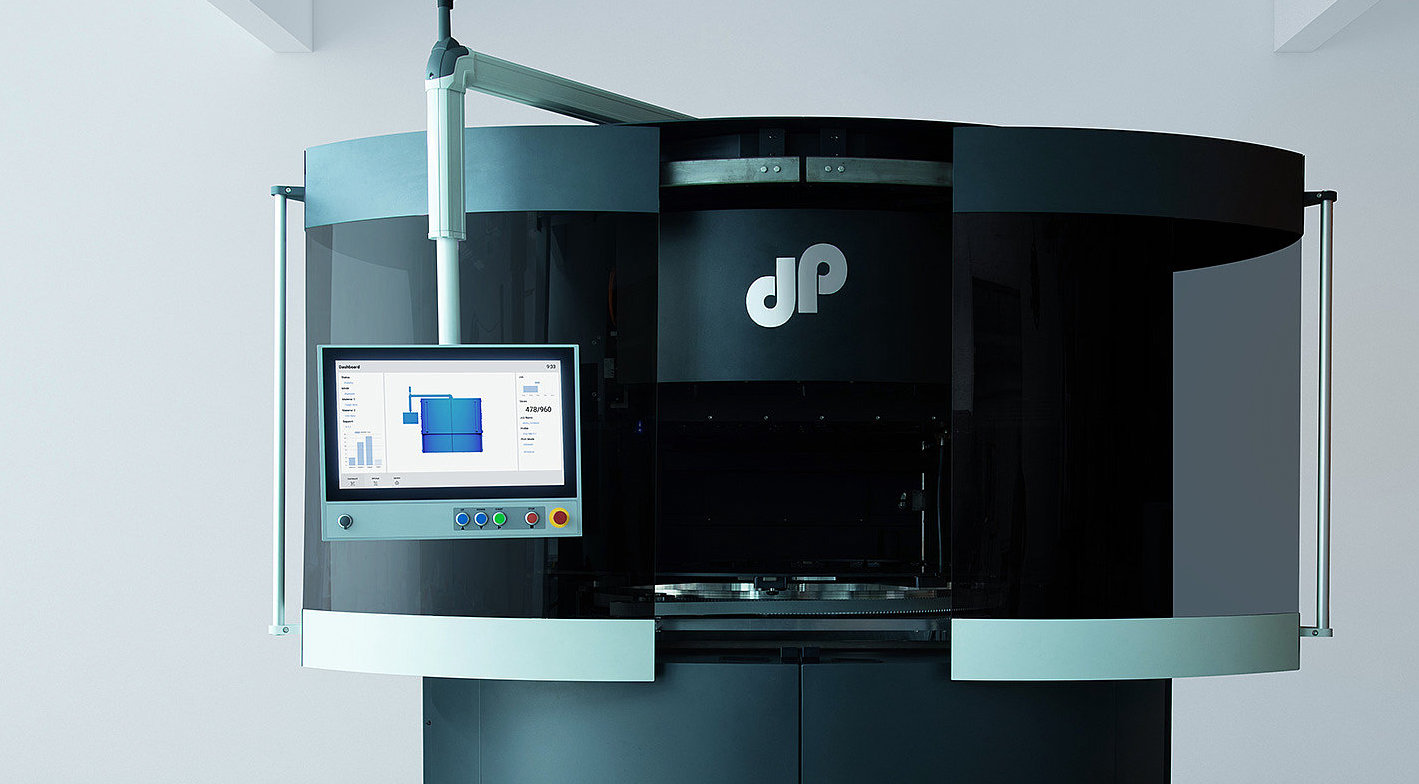
November 16 2021
Xaar’s printheads have again been selected by industrial 3D printing manufacturer dp polar GmbH to power the latest addition to their range, the AMpolar i1, which is to be unveiled at this year’s Formnext Show in Frankfurt, on 16-19th November.
The new compact AMpolar i1 will be on display in Hall 12.1, stand E39 and visitors will be able to see how dp polar’s patented Additive Mass Manufacturing process uses Xaar 1003 printheads to jet parts at volume and deliver 3D printing on a truly industrial scale.
dp polar designs, develops and delivers industrial 3D printing systems and solutions for the automotive, aerospace, mechanical engineering, and consumer industries, and has worked with Xaar in the use of its printheads over a number of years.
The AMpolar i1 harnesses dp polar’s patented, highly productive single- pass printing process, enabling build volumes of up to 240 litres across its innovative continuously rotating print platform, with a build area of just under one square meter (10.3ft2). Layers of between 4-25µm can be put down, achieving resolutions of up to 720 x 720 x 5.000dpi.
This combination of scalability, productivity and agility achieves an output that traditionally would have required multiple conventional 3D machines, and significantly more capital investment.
The AMpolar i1 utilises the Xaar 1003, part of Xaar’s extensive printhead portfolio, which is proving invaluable in the industrialisation of 3D printing. The combination of speed, reliability, and capacity to jet a variety of fluids at increasingly high viscosities, enables jetting of fluids up to 100 centipoises (cP) in a single pass. Xaar’s Ultra High Viscosity Technology is key to realising this capability, opening access to an exciting range of new applications.
Florian Loebermann, dp polar’s Managing Director said; “The AMpolar i1 delivers all the production benefits of the AMpolar i2, but at a scale and in a format that facilitates businesses in their early stages of exploring what is possible in mass production 3D printing.
“Xaar’s printheads have proved invaluable in unlocking the full potential of our systems, and the openness of the Xaar team to support our innovations is helping to establish 3D printing and Additive Mass Manufacturing as a practical reality in the volume production of parts for many industries.”
Gareth Neal, Xaar’s Customer Applications Manager, Advanced Applications, Technologies & Fluids added; “The innovative and agile AMpolar i1, firmly establishes the use of resin jetting as a truly practical and commercially viable manufacturing process.
“With Xaar’s range of printheads including our unique Ultra High Viscosity Technology providing the speed, flexibility and reliability demanded, functional inkjet applications have never been more accessible, affordable or productive.”
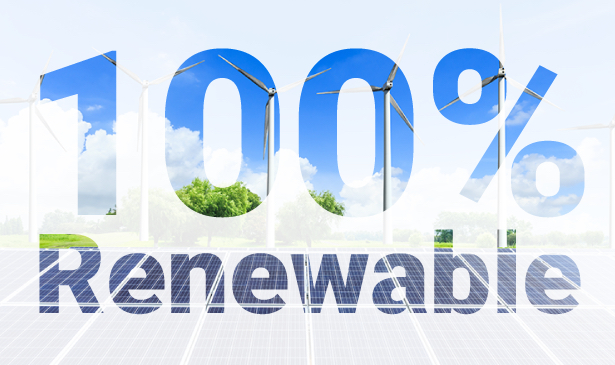
Earlier this month Epson become the first1 company in the Japanese manufacturing industry to convert to 100% renewable electricity for all its domestic sites2, amounting to a total of 530 GWh annually. As a result, Epson will reduce its annual carbon dioxide emissions by approximately 250,000 tonnes.
With high global interest in societal issues, especially those involving the environment and energy, Epson established and is pursuing a new long-term environmental management policy called Environmental Vision 2050. To achieve the decarbonisation goal set forth in the Paris Agreement, Epson has positioned renewable electricity use as a priority action in its 2025 Science Based Targets achievement scenario.3
In March 2021, intending to fulfill its responsibility to society, Epson announced that all global Epson Group sites2 would meet their entire energy needs with 100% renewable electricity by 2023. This will enable the Epson Group to eliminate the approximately 350,000 tonnes of carbon dioxide arising from its electricity production globally every year.
Epson had planned to convert to renewable electricity at all its domestic sites by the end of the 2021 fiscal year (ending March 2022) but will achieve this ahead of schedule, meeting a milestone on the path to transitioning to 100% renewable electricity for the entire Group’s power needs. As a result, Epson forecasts that it can meet approximately 40% of the Group’s total annual electricity needs with renewable electricity in the 2021 fiscal year.
Steps toward meeting the Epson Group’s total electricity needs with 100% renewable electricity:
April 1, 2021 - All sites in Nagano Prefecture, where many Epson sites are located
November 1, 2021 - All sites in Japan (originally planned for March 2022)
2023 (plan) - All Epson sites globally
As stated in Epson’s Environmental Vision 2050, Epson seeks to become carbon negative and underground resource4 free. Accordingly, the company will invest approximately 100 billion yen on decarbonisation, closing the resource loop, and environmental technology development over the next 10 years out to 2030. Epson will concentrate most of its management resources on the development of products and services that help to reduce environmental impacts and that also contribute to reducing the environmental impacts of its customers.
By converting to renewable electricity earlier than scheduled, Epson will not only achieve its own environmental targets but will also help to encourage the spread of renewable electricity in society as a whole.
For more on Sustainability at Epson go to: https://global.epson.com/SR/

November 16 2021
As a Senior Operations Leader, Troy comes into the role with over 20 years of operational and strategic management experience in dynamic, highly competitive multi-national companies. He brings many years of experience in the print services industry, with several years working as Field Operations Manager for Ricoh Australia and 7 years working as Business Operations Manager for Fuji-Xerox Australia, managing 50+ personnel across the regions. Most recently, Troy consulted on a National Managed Print Solutions Tender program.
“Troy is a hands on manager who has a proven history of leading and supporting teams, and understanding the work they need to undertake to fulfil their roles,” said Managing Director at Roland DG Australia, John Wall. “We are excited to have Troy join the Roland DG family, and share his many years of knowledge and industry experience with the Service and Support team.”
Based in Sydney, Troy commenced his role with Roland DG on Monday 8th November. His focus will be on assisting the delivery of the Roland DG Care program, and its range of premium services including: Fixed Price Scheduled Servicing, industry-leading warranties, and Roland DG Engage installation and training solutions.
For more information on Roland DG Care and to contact the Service and Support Team, visit https://www.rolanddg.com.au/support
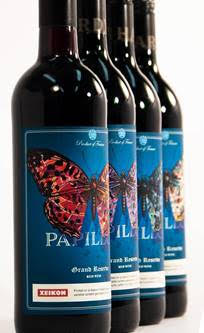
November 16 2021
Xeikon America today announced VariOne, a new variable data generation tool for Xeikon’s X-800 digital front-end. This integrated software innovation can immediately generate and print unique creative designs, based on an image or on vector graphics, in endless complex patterns. Xeikon’s VariOne is a true differentiator and has been developed and designed to add value and benefit brand owners, designers, illustrators, printers, converters and consumers. VariOne can achieve the highest levels of variable imagery possible today. Demonstrations can be run by appointment and the new VariOne will be commercially available as an option for systems running X-800 version 7.00 or higher.
“Print is becoming more customised and valuable,” said Xeikon Director Product Management Jeroen Van Bauwel. “With VariOne, Xeikon is taking a significant leap forward in its research and development and now offers completely new horizons for differentiation. With VariOne it is possible to create thousands of unique and individual clips from a base design. With our new integrated variable data solution built into Xeikon’s digital front-end, the possibilities for producing unique images are limitless on both our dry toner and inkjet presses. The Xeikon strategy is to extend the capabilities of its X-800 workflow even further and expand the range of possible applications.”
Differentiating products to meet consumer demand is a continuous challenge for brand owners. Consumers are willing to pay a premium for personalised goods, and they are on the lookout for products that uniquely express their personality and that can be shared on social media such as Instagram and Pinterest. In the fight against counterfeiting, which can impact consumer safety, brand owners are looking for new software technology solutions with extra image and text capabilities, and with hidden techniques to track and trace items such as unique patterns and images, hidden codes and guilloches. VariOne can be used as a tool to add an extra layer of security.
With Xeikon’s VariOne, personalised image creation can be fully automated within the printing process. The software functionality achieves random selections from zero to millions. This variable data application offers endless uses and endless variations. What sets this innovation apart is the immediacy of the process. VariOne can immediately process, format and print unique creative designs featuring variable patterns with random elements and the widest gamut of colour combinations. Unique designs can be created on the fly and in minutes in a variety of unique patterns. This new innovation is a breakthrough and a complete game changer.
The advantage of VariOne lies in the complete uniqueness of each design, which can be driven by the database or randomly created from bitmap or vector-based images, creating new and unusual designs in millions of shapes, styles and surreal effects. Brand owners will be able to utilise this opportunity in a variety of sectors with different applications for fashion magazines, retail catalogs, tourism marketing, promotional materials for football competitions or film festivals, as well as high-end label and packaging applications.
For decades, cost has been the differentiator in our industries, but with the ever-rising costs of consumables and labor, it has now become virtually impossible to be successfully competitive based on that variable only. The focus has shifted to efficiency gained through automation. The new functionality of VariOne is the next step in efficient and sustainable variable data production, and VariOne also enables big savings in time and cost, both in prepress and in the pressroom. Van Bauwel said, “Xeikon is taking mass customisation to new levels with an explosion of creativity which will add value for everyone in the supply chain. Xeikon’s VariOne has taken a complicated prepress process and made it immediately fast and flexible.”
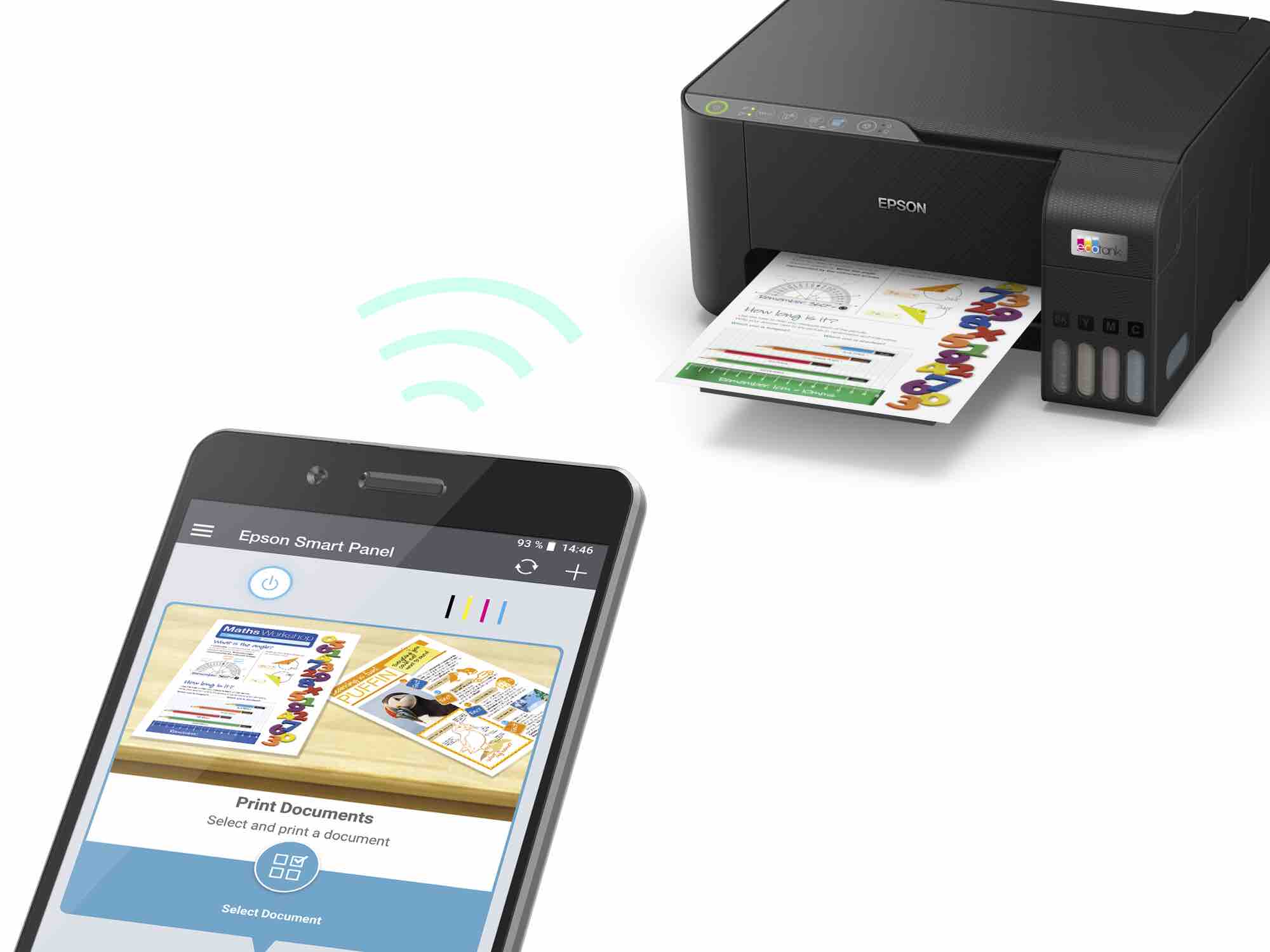
It’s no coincidence that the explosion of people working from home, Epson becoming officially the number 1 ink tank printer vendor worldwide¹ having now sold over 60 million EcoTank units globally* and the launch of Epson’s new EcoTank printers for the Home Office are all being announced together. Critically, none of the new Home Office models use any ink cartridges at all, replacement ink bottles that provide thousands more printed pages start at just $14.99 and all models come with the new, intuitive and clever Epson Smart Panel™ app.
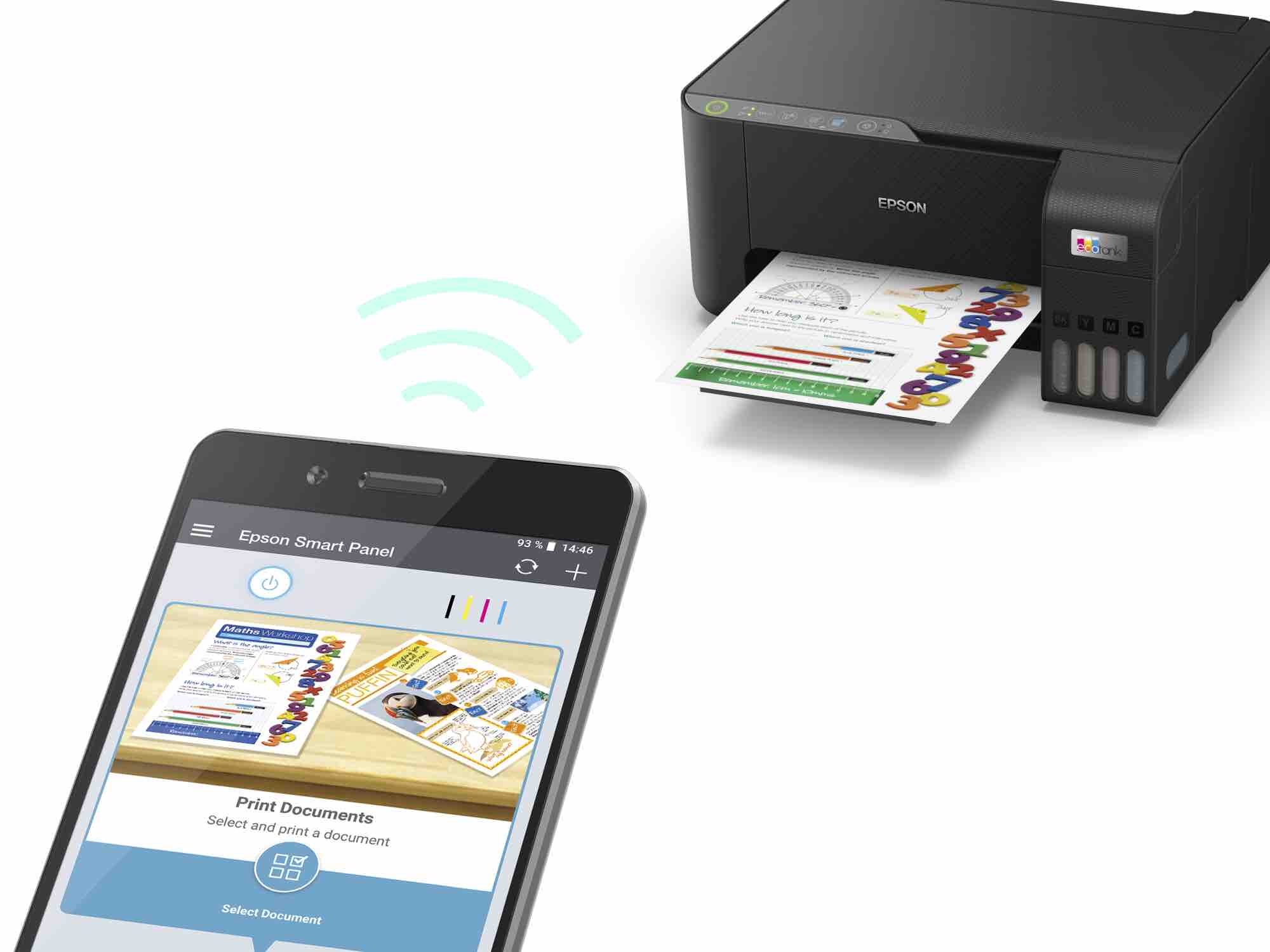
EcoTank ET-2811 using the Smart Panel app
With two of the most challenging and unique years the world has ever witnessed and experienced, the home has become even more important for living and now working more than ever.
To help people in their new work from home environments, Epson has released four new models in its EcoTank printer range, designed for the Home Office – the ET-2811, ET-3800, ET-4800 and ET-4850.
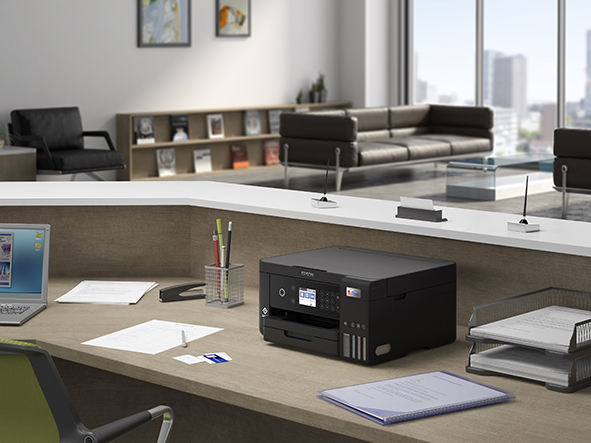
EcoTank ET-3800
As the way we work and live continues to evolve, people are seeking more advanced, but still easy-to-use, solutions that can keep up with the new demands of their homes which are now also their workspaces and home offices.
To that end, Epson has launched a new generation of their best-selling, award-winning and most popular EcoTank printers designed for Home Office use to continue meeting the day-to-day printing needs of working professionals whilst still reducing the ongoing worry of running out of ink and the high cost of replacement ink.
These efficient new printers for the Home Office are all high-yield, multi-function models, positioned at an attractive mid-level price point with additional productivity features that include a high-resolution flatbed scanner for crisp and professional scans, a colour display for easy navigation and wireless connectivity so users can easily print from smart devices with the intuitive Epson Smart Panel® App.
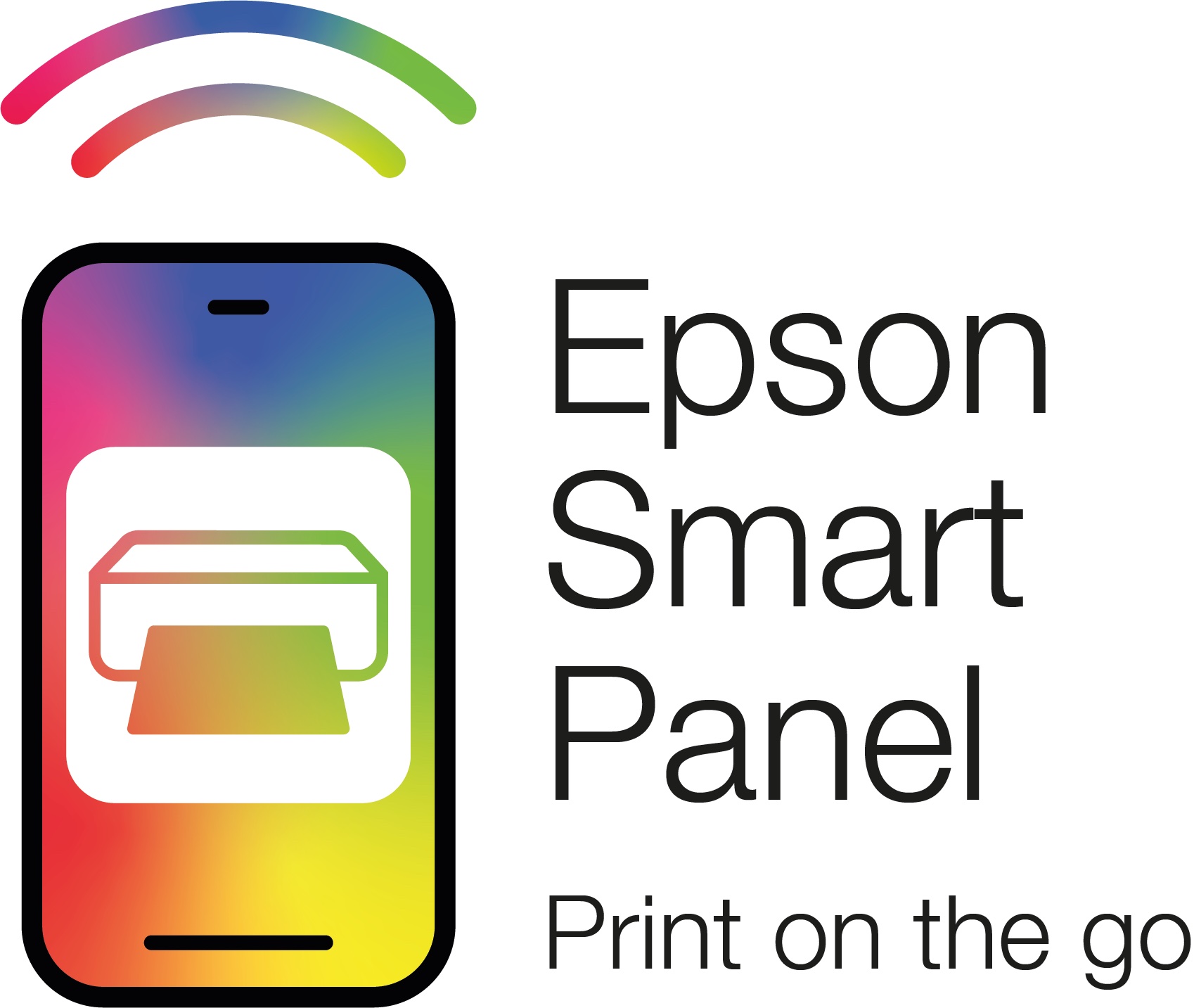
The Smart Panel app makes working and printing from home so much easier and more efficient as it transforms most mobile devices into intuitive control centres for select Epson printers and scanners.
To view the Epson Smart Panel app in action click here or go to:
Working from home can be hard but Smart Panel makes it incredibly easy to set up, monitor, print, scan and more using your Epson device from the palm of your hand. It enjoys a simple wireless setup, innovative action icons, a customisable interface and indeed everything you need to manage and use your printer in one convenient app. As it’s fully compatible with Android® and iOS® devices, all you have to do is download the app from the respective app stores and you’re ready to go.
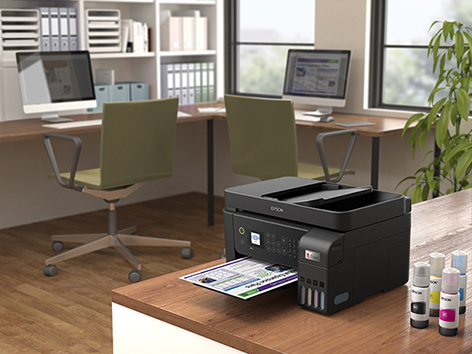
EcoTank ET-4800
Smart Panel is the perfect complement to EcoTank Home Office printer, a range designed with productivity, efficiency and ease of use in mind.
So why should you buy an EcoTank Home Office printer rather than a standard EcoTank Home printer?
Good question and one that really comes down to what you’re going to use it for.
EcoTank Home printers are ideal for just that, home printing use. A great daily drive that also satisfies school and particularly home school requirements.
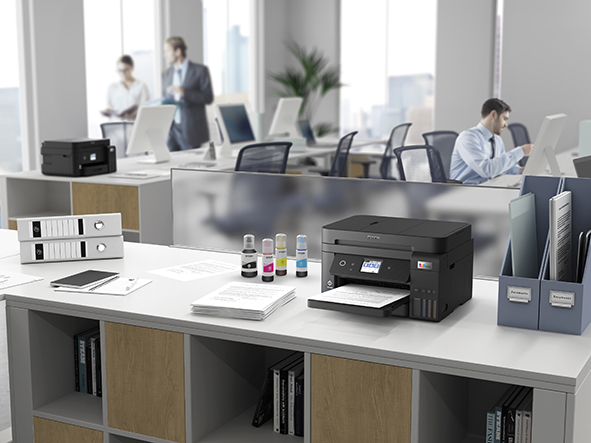
EcoTank ET-4850
The new EcoTank Home Office printers are different, more advanced, has more features, prints more and does a lot more of the things you would associate with a printer found in a typical office, but at a far lower cost per page.
Some things are the same across the EcoTank range such as the fact that they are powered by Heat-Free PrecisionCore® Technology which offers revolutionary cartridge-free printing with easy-to-fill, super-sized ink tanks.
The EcoTank Home Office models also include thousands of pages worth of ink straight out of the box² — enough to print up to 14,000² black and white pages with some models (see below) and equivalent to hundreds of individual cartridges².
Plus, the Home Office models use Epson’s “clean and easy” EcoFit® auto-stop ink bottles with each colour uniquely keyed for easy filling of each tank, higher capacity paper trays, fax (yes, lots of people still use fax!), bigger colour touchscreens, auto document feeder (ADF), fast auto 2-sided printing and convenient wired and wireless networking.
In other words you can do more, using the ultimate wireless and networking technology and be powered by the latest Heat-Free PrecisionCore Printing Technology which delivers laser-quality black text using less power and fewer consumables so it’s far kinder to the environment.
For a Home Office printer that you don’t have to (or want to) worry about, the new Epson EcoTank for the Home Office range ticks a lot of boxes.
Okay, let’s have a look at some of those boxes that they tick …
EcoTank ET-2811
Main functions - Print, Copy and Scan
Connectivity - Wi-Fi and Wi-Fi Direct
Print speed – 10 pages per minute black and white, 5 pages in colour
Number of printed pages out of the box – 8,100² Black / 6,500² Colour
RRP $399
EcoTank ET-3800
Main functions - Duplex Print, Copy, Scan and Ethernet
Connectivity - Wi-Fi, Wi-Fi Direct and Apple AirPrint
Print speed – 15.5 pages per minute black and white, 8.5 pages in colour
Display screen – 2.4" Colour LCD
Number of printed pages out of the box – 14,000² Black / 5,200² Colour
RRP $549
EcoTank ET-4800
Main functions - Print, Copy, Scan, Fax, ADF and Ethernet
Connectivity - Wi-Fi, Wi-Fi Direct and Apple AirPrint
Print speed – 10 pages per minute black and white, 5 pages in colour
Display screen – 1.44" Colour LCD
Number of printed pages out of the box – 3,600² Black / 6,500² Colour
RRP $499
EcoTank ET-4850
Main functions – Duplex Print, Copy, Scan, Fax, ADF and Ethernet
Connectivity - Wi-Fi, Wi-Fi Direct and Apple AirPrint
Print speed – 15.5 pages per minute black and white, 8.5 pages in colour
Display screen – 2.4" Colour LCD
Number of printed pages out of the box – 14,000² Black / 5,200² Colour
RRP $649
All four new models come with Epson’s world-class one-year warranty with a free bonus second year upon registration.
Epson’s new Smart Panel app is compatible with a wide range of Epson printers and scanners and to view the full list, go tohttps://support.epson.net/appinfo/smartpanel/guide/en/
The four new EcoTank Home Office printers are available now at www.epson.com.au and from all authorised Epson resellers and retailers.
For more on Epson’s new EcoTank Home Office printers go to: https://www.epson.com.au/products/Printers_For_Home/home_office_small_office/index.asp
Picture credits
Epson’s new ET-2811, ET-3800, ET-4800 and ET-4850. EcoTank for the Home Office printers

November 09 2021
FUJIFILM Business Innovation Australia launches two new production printer models under its new Revoria brand: Revoria PressTM PC1120, a production colour printer for the high-end professional printing market, and Revoria PressTM E1 Series, a monochrome production printer for on-demand printing both for professional and office use. Both presses have been designed with our customers in mind and boast a raft of new features which are perfect for Australian businesses requiring greater flexibility, productivity, quality and are looking to expand into new markets. These models are now available for sale in AustraliaNote 1.
Under the new Revoria brand, FUJIFILM Business Innovation Australia are providing customers with a new suite of production printing solutions that encompasses production printers, associated print servers, and print workflow software.
“We are delighted to present the Revoria PressTM PC1120 and the Revoria PressTM E1 to the Australian market - our first cut-sheet digital print engines to be developed under the Fujifilm brand. The Revoria PressTM Series is a testament to our promise of continuing to provide our customers with new and innovative products, enabling them to extend their capabilities and expand into new markets with higher value print.” Chris Lynch, General Manager, Graphic Communication Services at FUJIFILM Business Innovation Australia.
Introducing the Revoria PressTM PC1120
The perfect platform for print businesses looking to expand into new markets with new applications, increased productivity, AI and automation technology.

Key features and benefits:
Introducing the Revoria PressTM E1 Series
Bringing monochrome printing to the next level with excellent image quality enabling a wider range of applications.

Key features and benefits:
To learn more about the Revoria PressTM Series, visit fujifilm.com/fbau/en/Revoria
November 09 2021
LexJet, a division of S-One Holdings Corporation, introduces three new canvas collections in the Elements Portfolio.
“We believe Elements will provide LexJet customers with additional options for high-end products. We continue to explore new opportunities to help our clients meet their needs, keep their costs low, and increase profitability,” says Kara Work, S-One Holdings Product Manager. “The first products we are introducing from the Elements brand are high-end canvas collections that include options for photographers, high-volume reproductions, and canvas made from recycled water bottles.”
The inaugural collections are:
The Gemstone Collection – Brilliant Quality
The most luxurious jewelers in the world select only the brightest and most brilliant gemstones to craft masterpieces for their clients. As a jeweler desires the perfect gem, artists also want a high-quality canvas for their works of art. The Gemstone Collection is an exquisite collection of canvas materials tailor-made for artists and photographers to showcase their masterpieces. The quality of the canvas enhances the beauty of art.
The Quarry Collection – Rock Solid Performance
The purpose of a quarry is to bring the strength of the earth to the surface. Like versatile granite harvested from the planet’s depths, the Quarry Collection brings the strength of the canvas to the versatile world of high-volume production of art.
The Boundless Collection – Art without Limits
Boundless means “without limits.” The sun, the sky, and the oceans all have an endless quality, but they must be protected, or their beauty will end. The Boundless Collection includes canvas materials made from recycled water bottles, proving that art has no limits.

New features and functionality support business transformation and growth
Packaging businesses can today benefit from more speed, efficiency, sustainability and quality across workflows, as Esko releases its newest innovations.
True to its aim of continuous improvement through innovation, the global developer of leading integrated software and hardware solutions for packaging and labels customers has unveiled Esko Release 21.11. The update delivers a host of new features, functions and updates that further digitise, automate and connect processes to accelerate the go-to-market process of packaged goods. It also expands upon significant advances in software development and delivery to enable customers to achieve previously unattainable levels of connectivity, usability, and integration across workflows.
“As a long-term partner to our customers, we are committed to innovating to ensure our solutions remain up to date and relevant, empowering and enabling anyone using them in the packaging value chain to benefit from operational efficiency, quality and sustainability improvements,” said Jan De Roeck, Esko Director of Marketing, Industry Relations and Strategy.
“Many of the updates are focused on enabling customers to leverage the benefits of cloud technology,” said Jan, “which will boost connectivity, deliver further operational efficiencies and drive productivity across their entire workflow. Whilst further enhancements point to improved usability and the introduction of more automation and advanced reporting tools. These additions will further accelerate the business benefits Esko solutions have been delivering to users worldwide.”
The new Esko Release 21.11 will be launched at a live Esko Innovation Summit, held in the UK, on November 18. Highlights include:
Automation Engine - SaaS users can reduce data storage costs significantly with a new cloud storage facility, while enhanced integration and new performance tools help optimise workflow processes for users and ensure a completely connected workflow with more MIS partners.
Flexo Engine – Included as part of Automation Engine, this new solution merges functionality, automation and a host of features developed to increase flexo plate room productivity. A new intuitive dashboard also helps to simplify operations. Auto Plate Cut further drives efficiency by automating the set-up of staggered cut plates – saving operators around 15 minutes per job.
PlateID – Part of Flexo Engine, this feature eliminates the need for handwritten labels and etching by automating the plate marking process, accurately imaging vital information with no additional hardware or steps to the workflow. PlateID ensures clear, permanent marking and removes the risk of ink loss in addition to the risk of manual error during marking. Operators can spend less time looking for the correct plates, leading to efficiency gains, and waste is minimised as the software calculates and identifies the ideal position for marks, to optimise plate utilisation.
ArtPro+ – The new Layout Edition of ArtPro+ includes basic step and repeat functionality as well as CAD-based sheet layout for improved speed. It features crucial prepress functionality to validate received artwork, such as Preflight, Inspectors and QA viewing, plus tools to create barcodes, new reporting and VDP templates, and dynamic marks.
WebCenter – As with Automation Engine, the latest WebCenter release features new simplified dashboard views. New usability enhancements and feature walk-throughs also make managing tasks and workflows easier than ever, and simplified deployment means users can now benefit from simpler and easier upgrades to newer WebCenter versions across sites.
AVT SpectraLab XF – This new spectral measurement tool delivers inline absolute colour measurement at high press speeds. It measures L*a*b*, density and dot gain on flexible packaging and folding carton applications, comparable with offline devices, but all at point of print for maximum efficiency. With standard design and easy correlation to offline handheld instruments through a special calibration process, it is as simple to use as it is accurate.
“The pandemic has accelerated existing packaging megatrends and added a fresh impetus for innovation,” said Jan. “This latest release underlines our commitment to working with customers to develop solutions they need to meet the challenges faced today while anticipating future needs.”
The highlighted features represent just a sample of the latest innovations release. For more information about these features and the full range of Esko software solutions, visit the Esko Innovation Hub at innovation.esko.com.